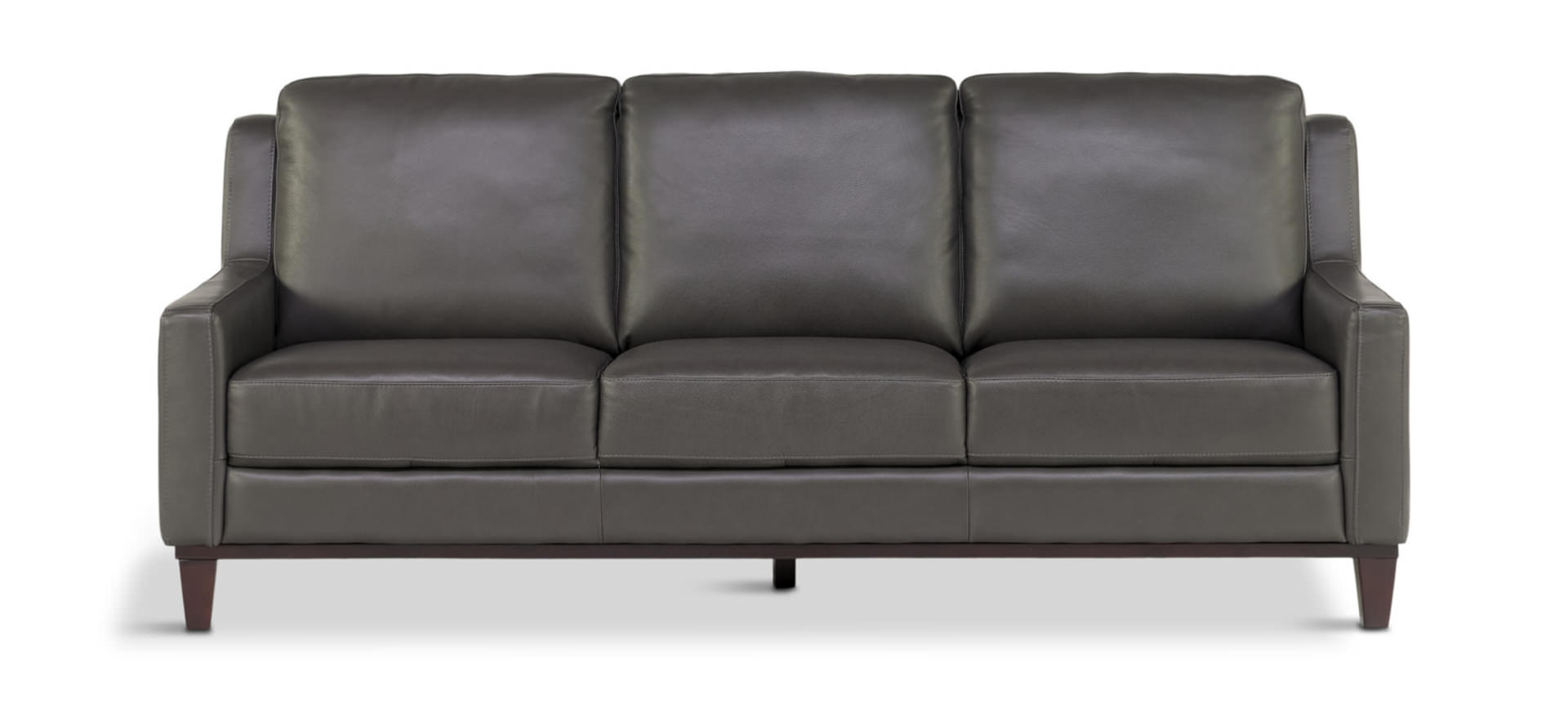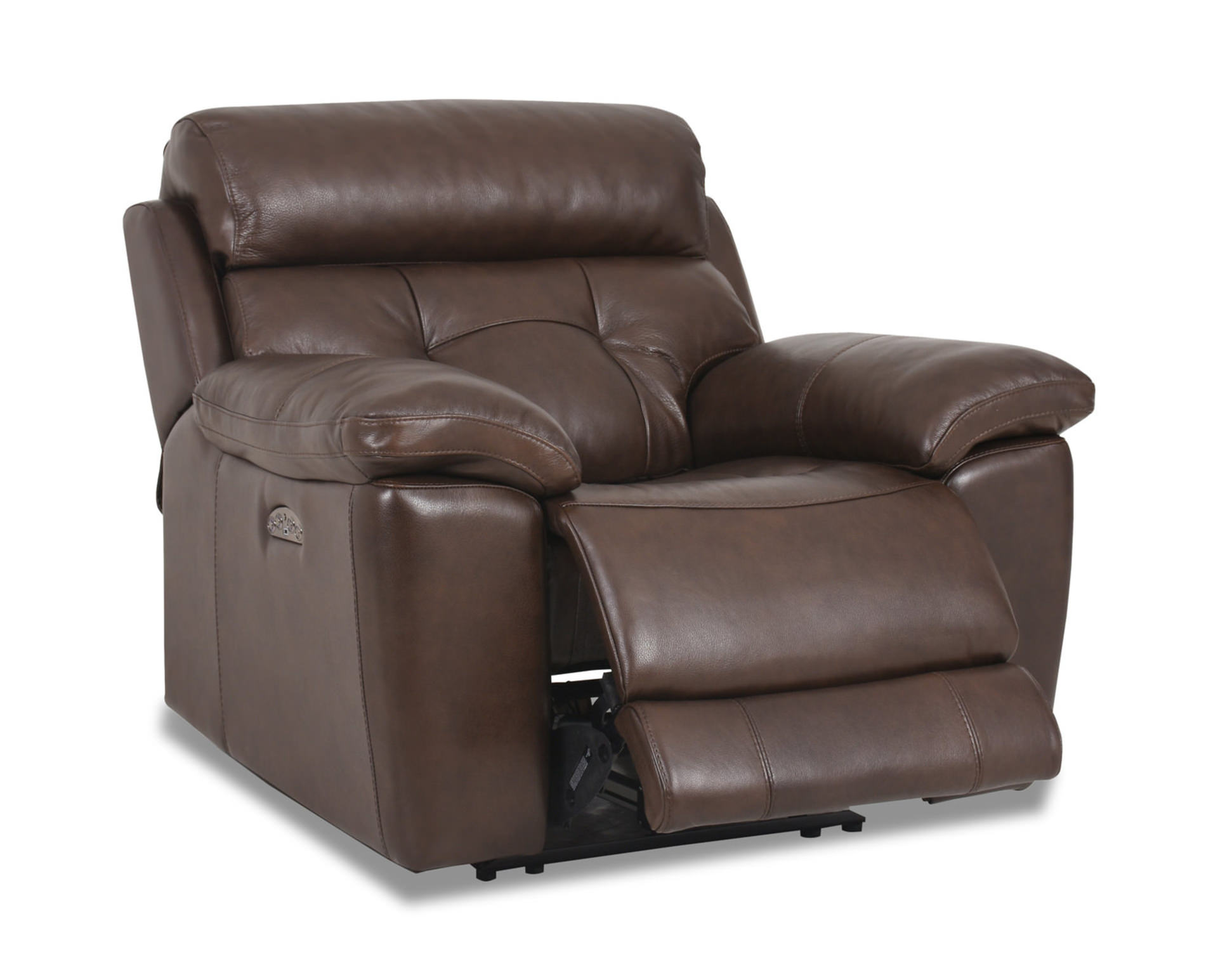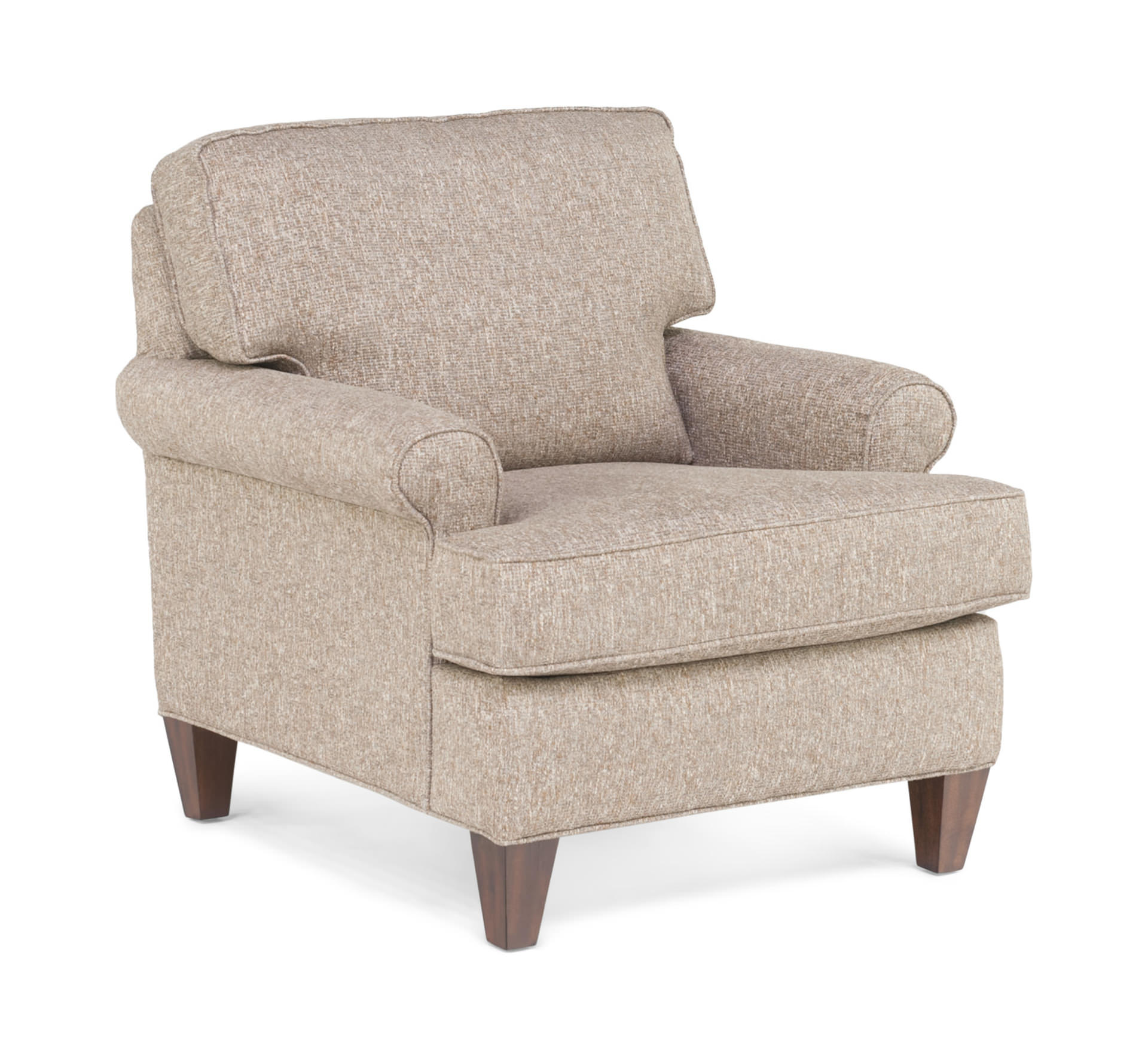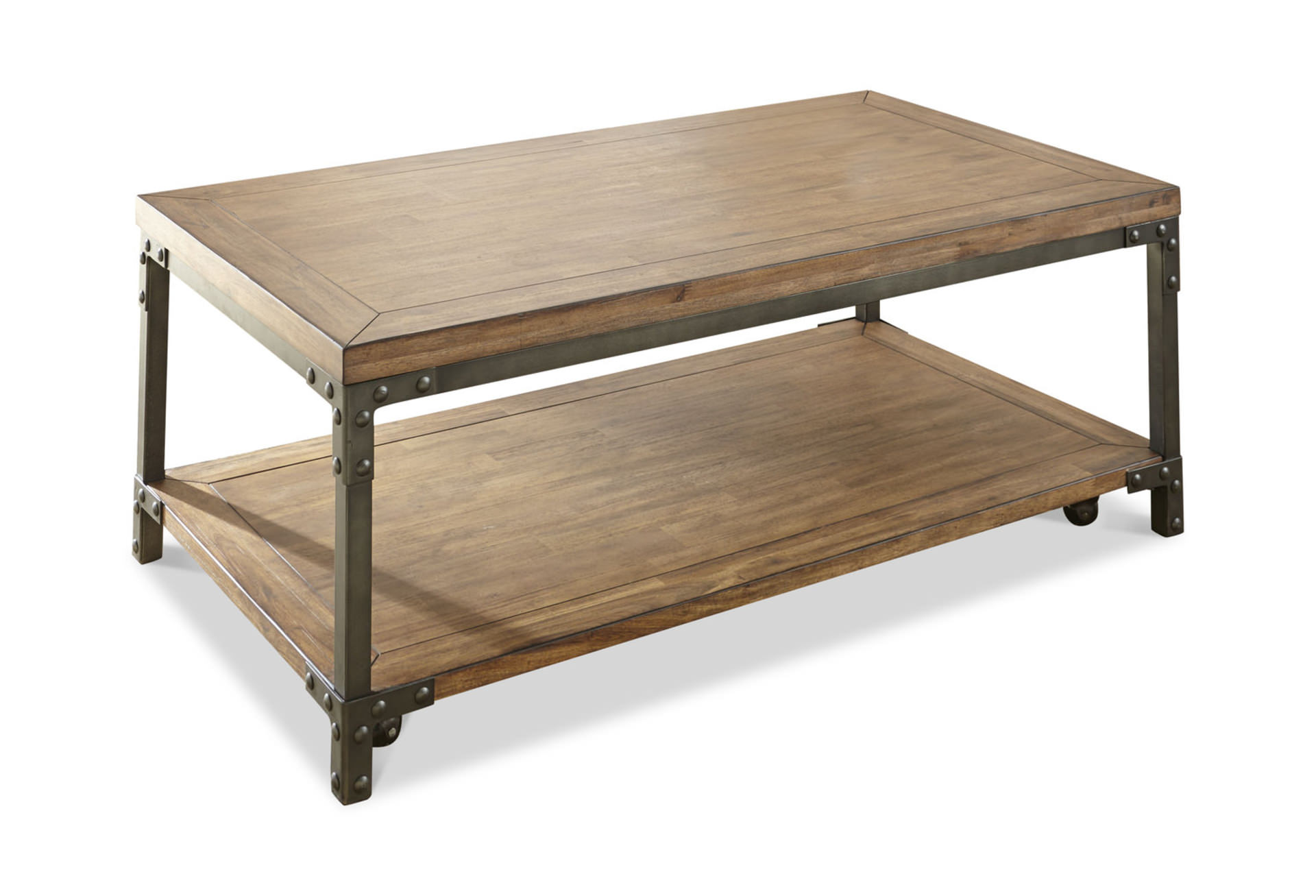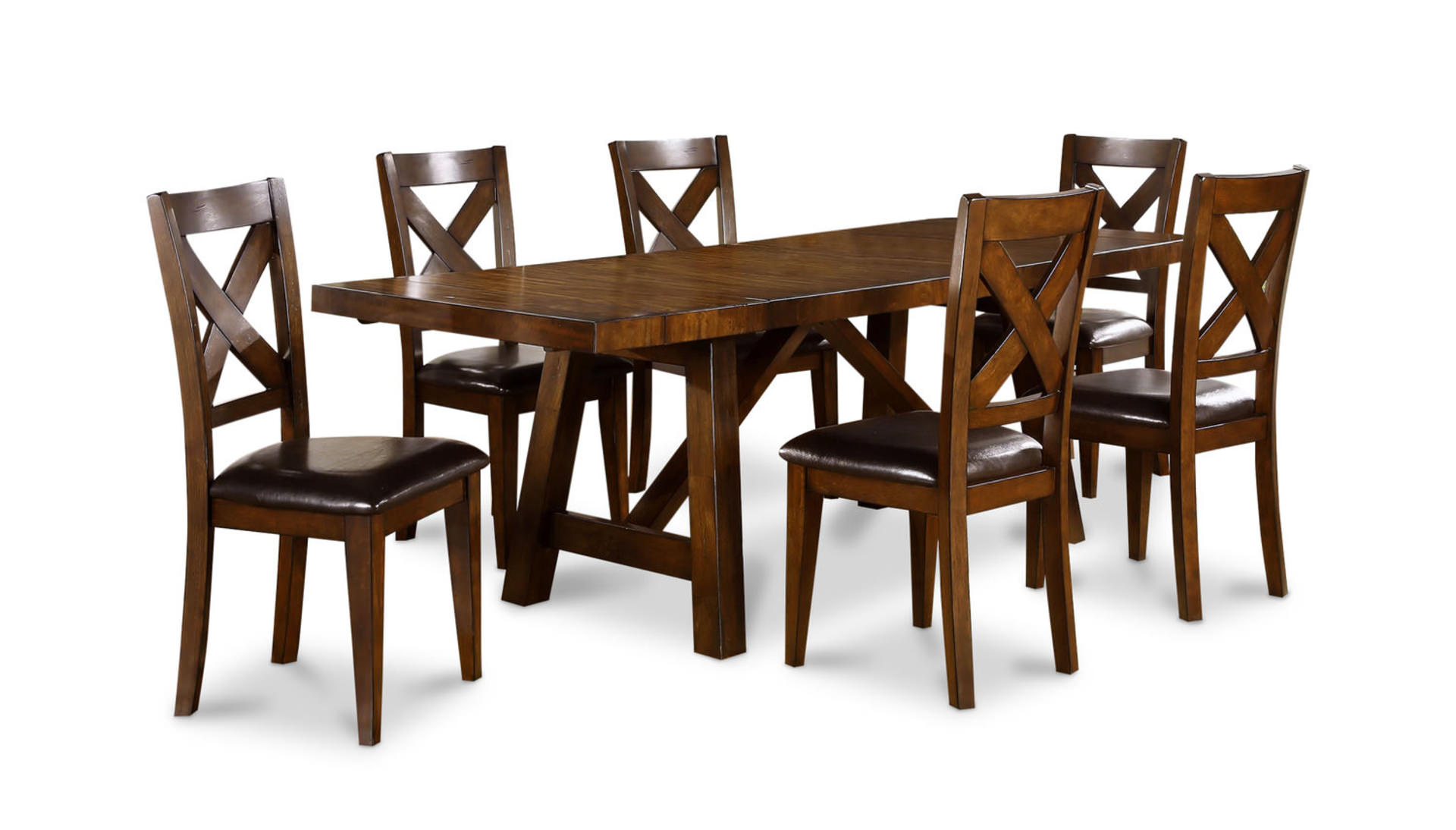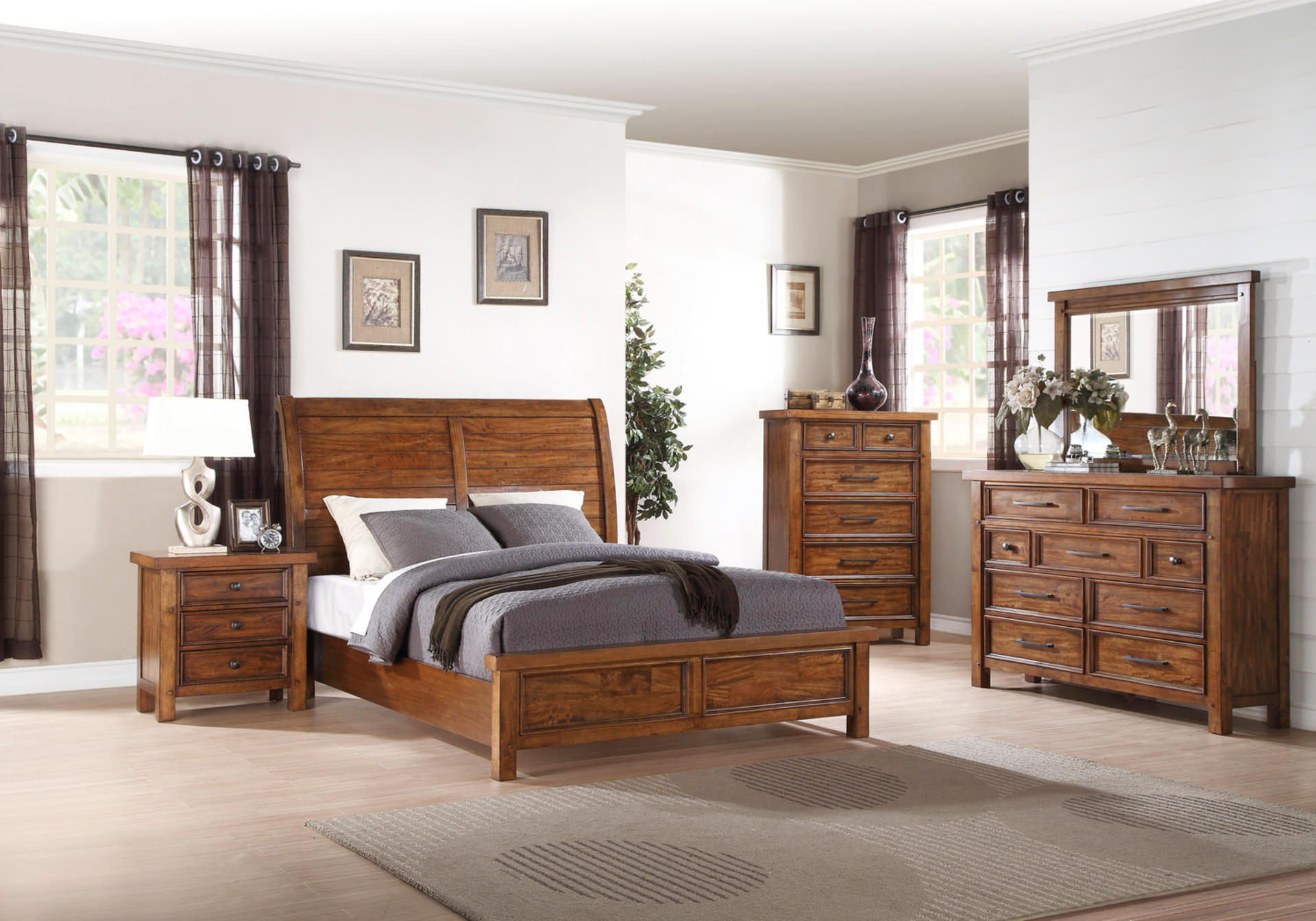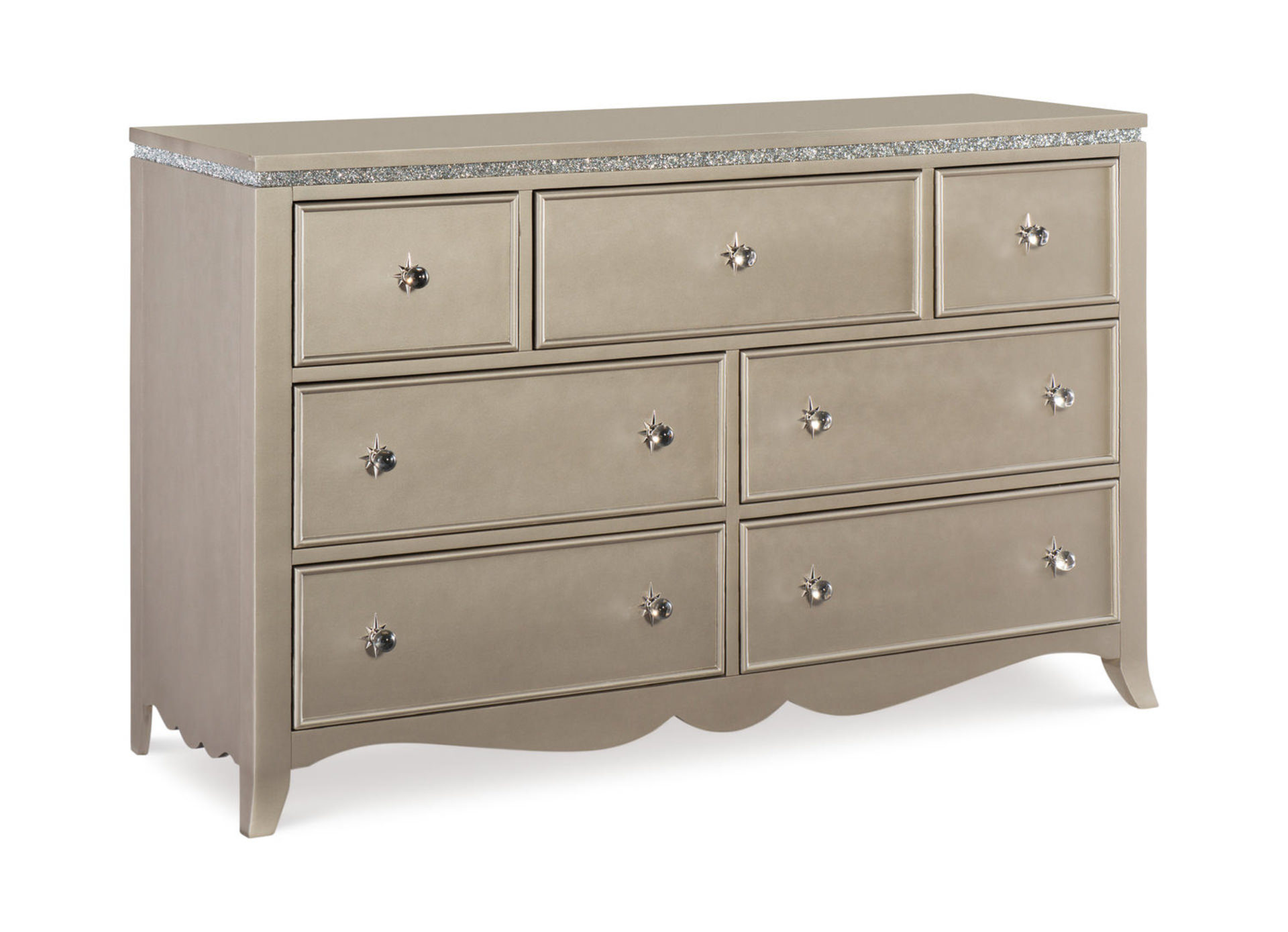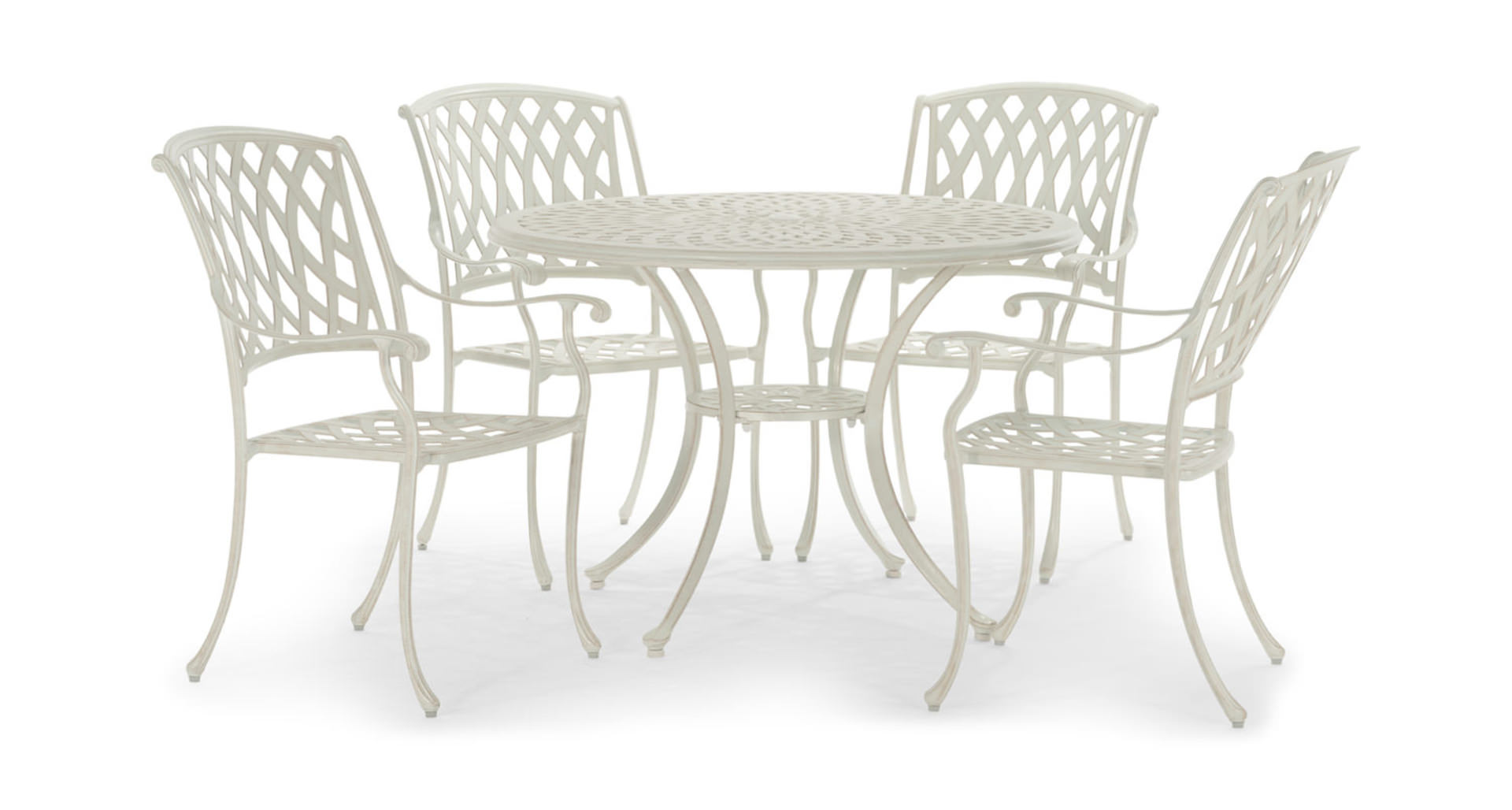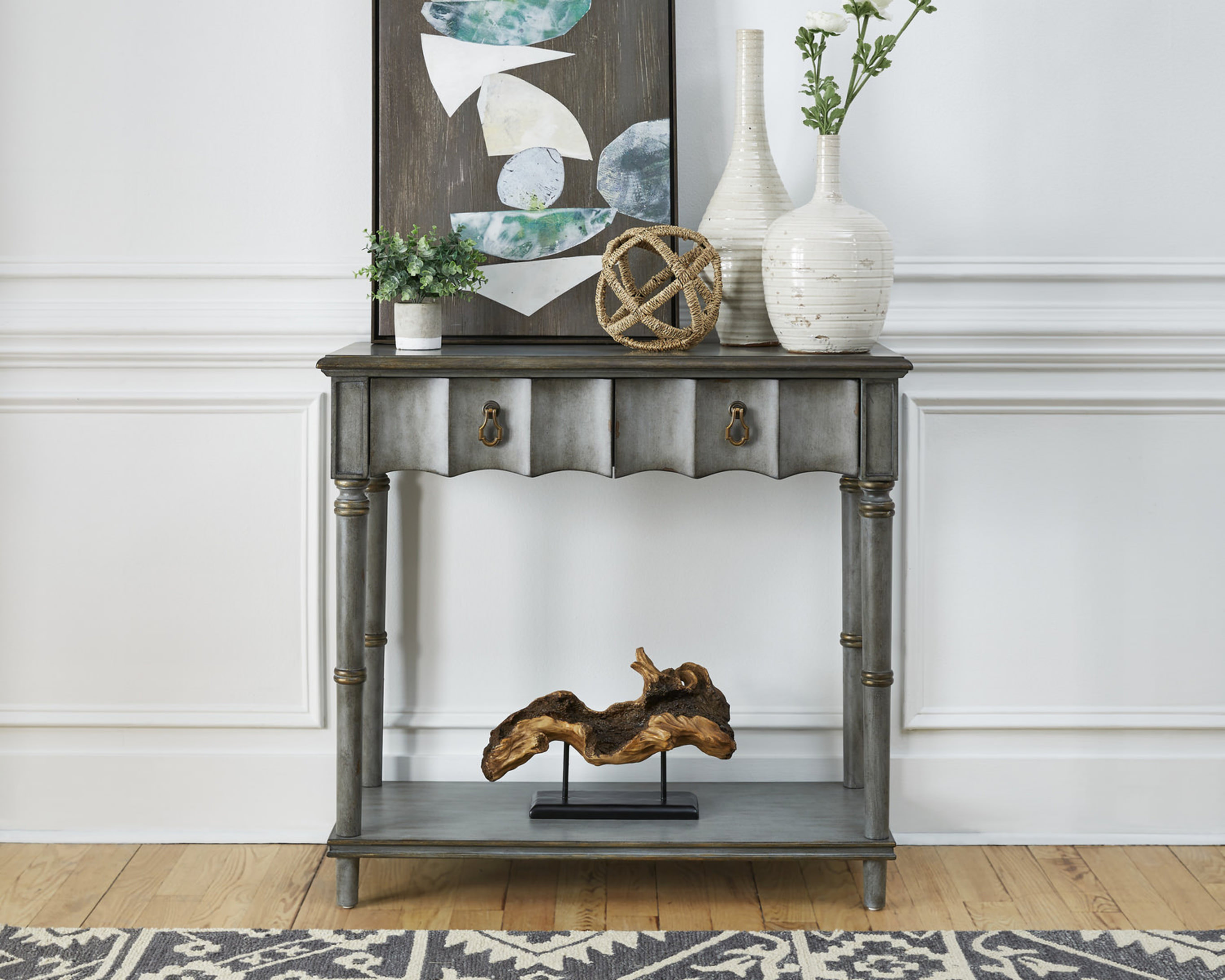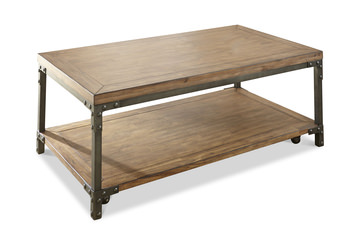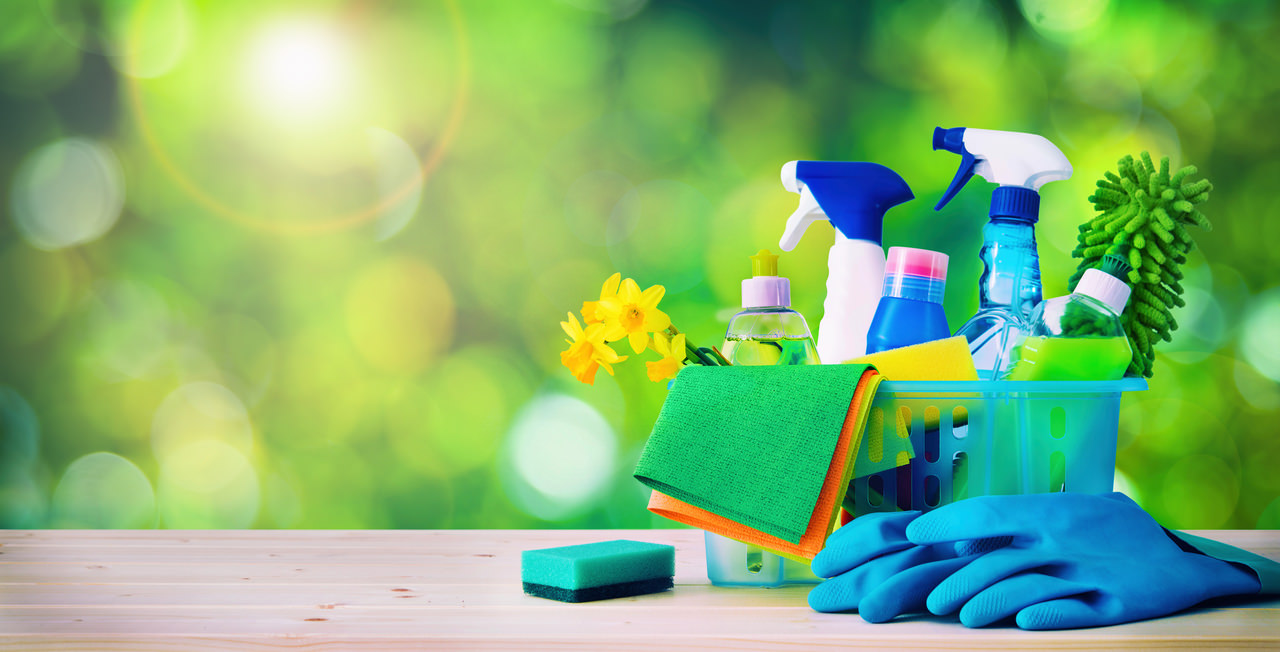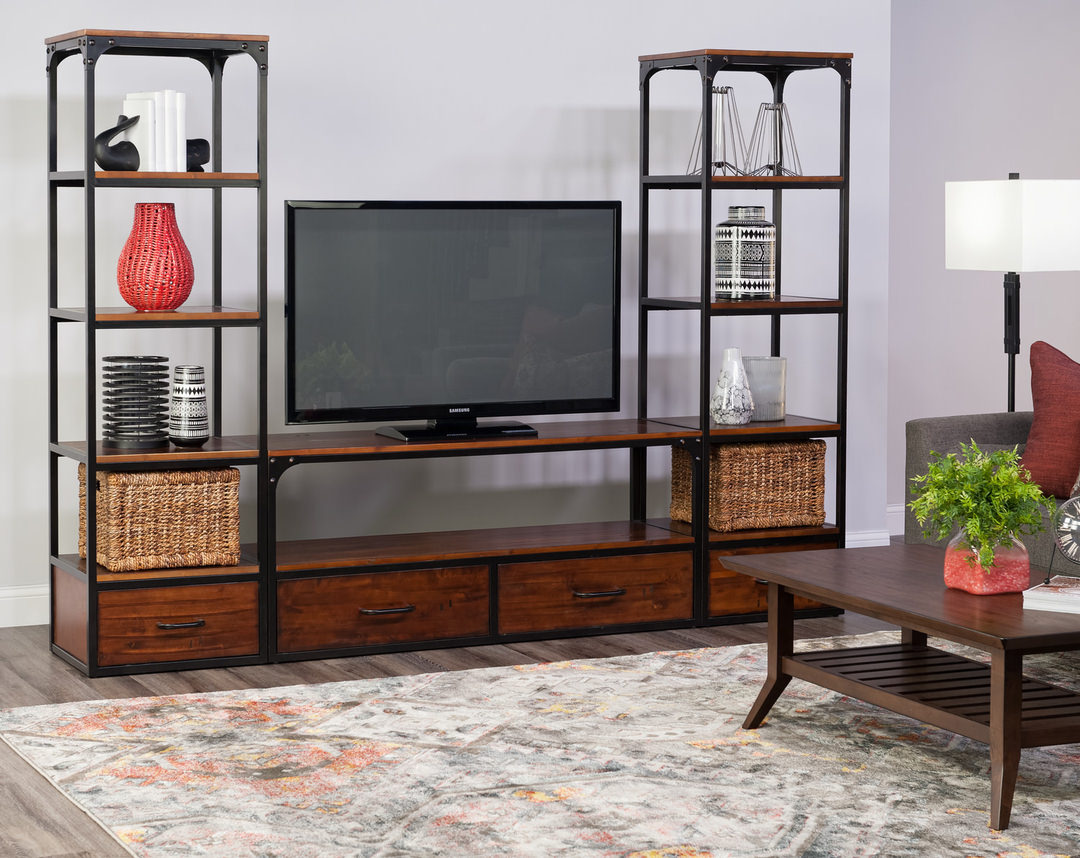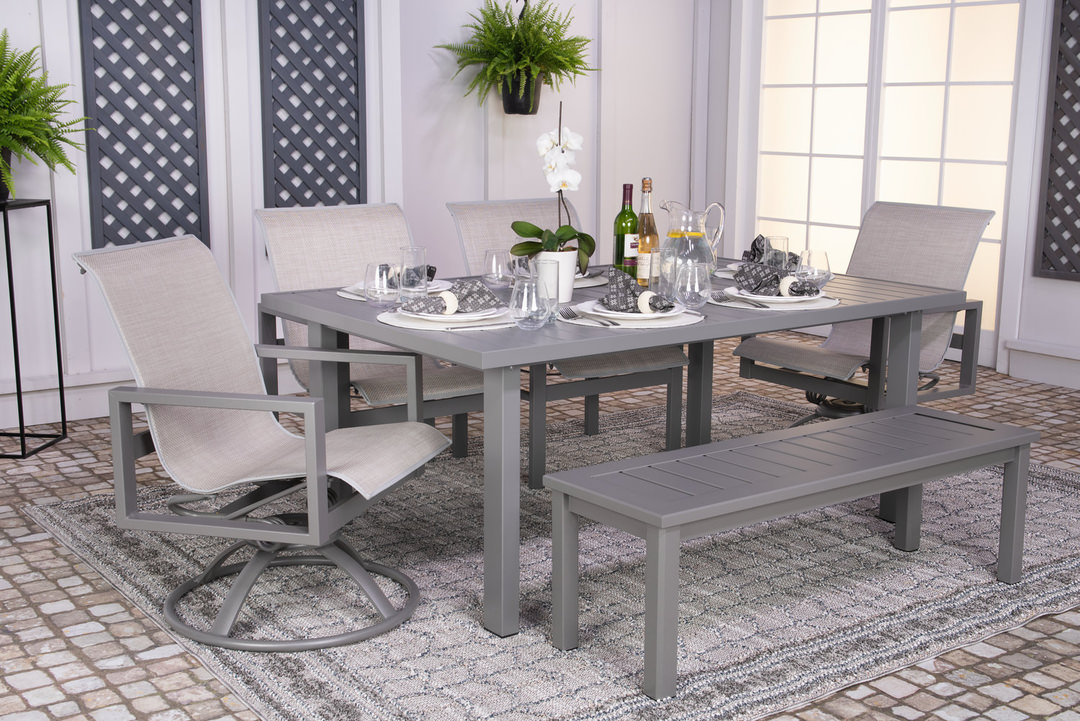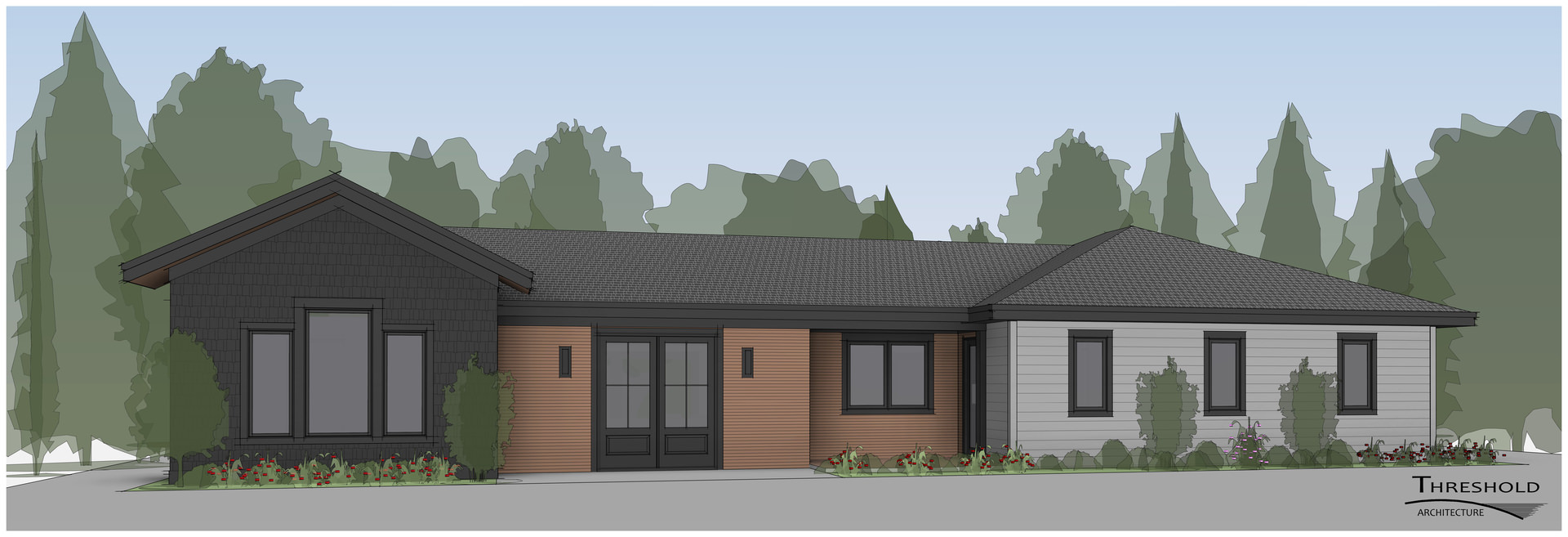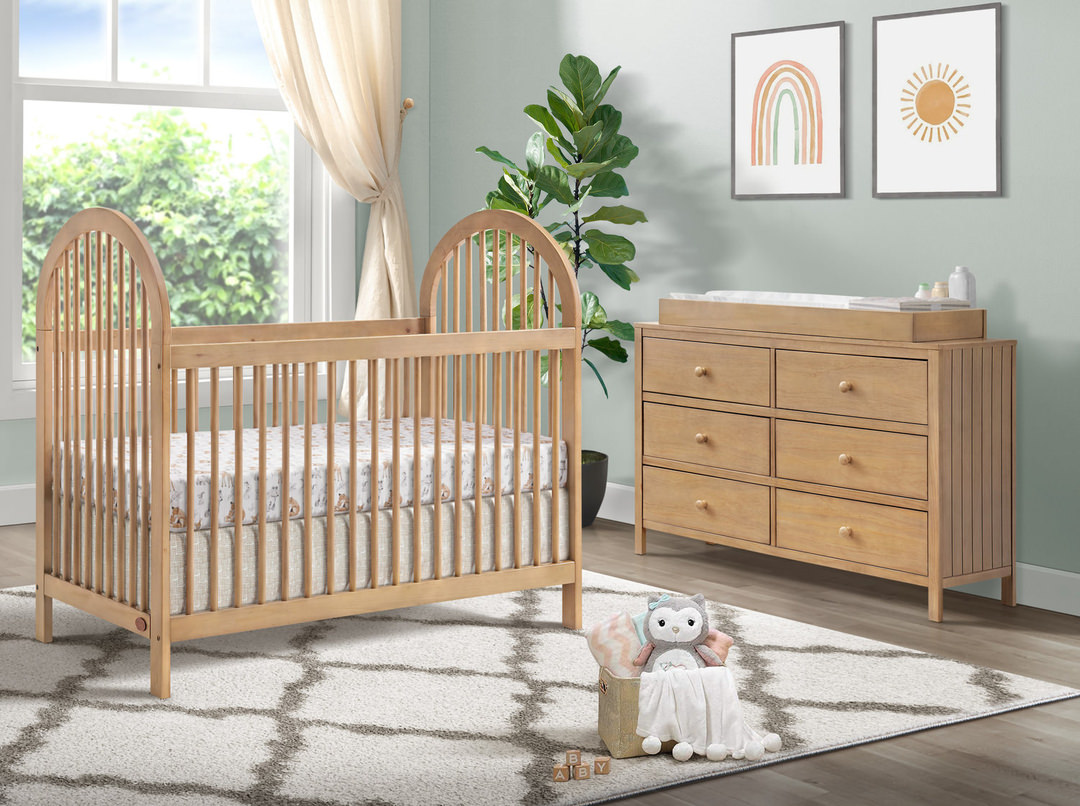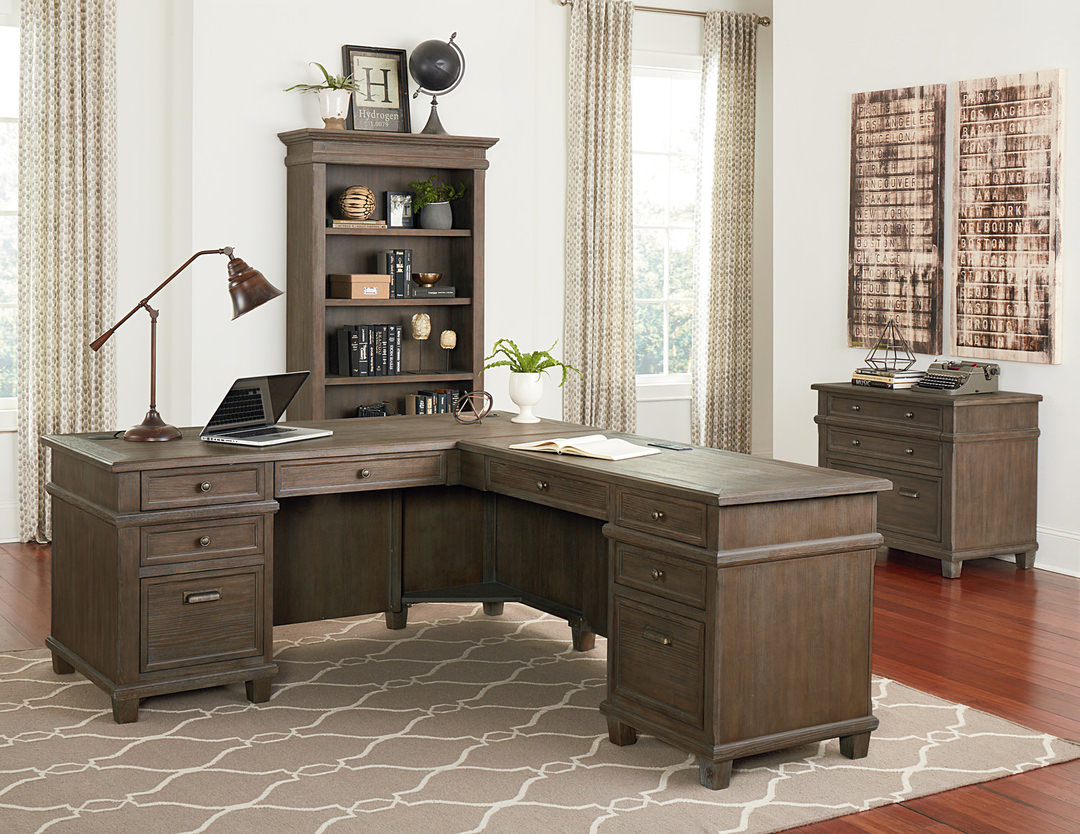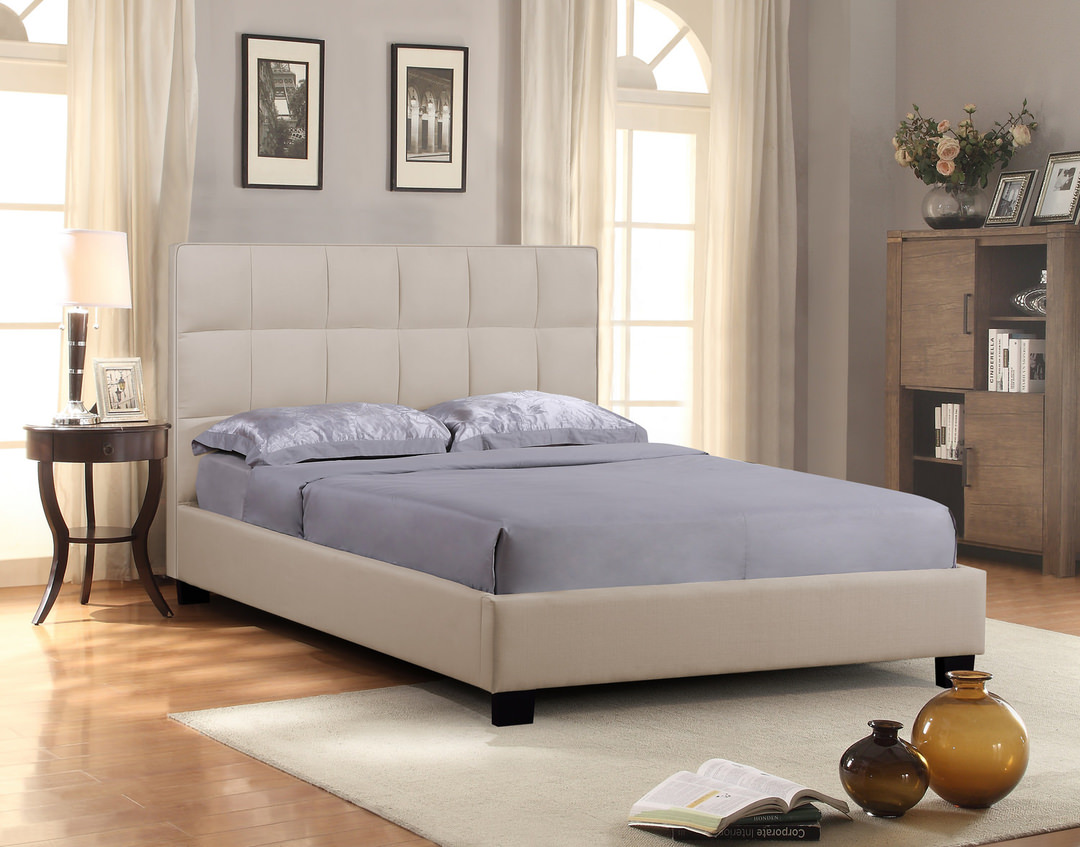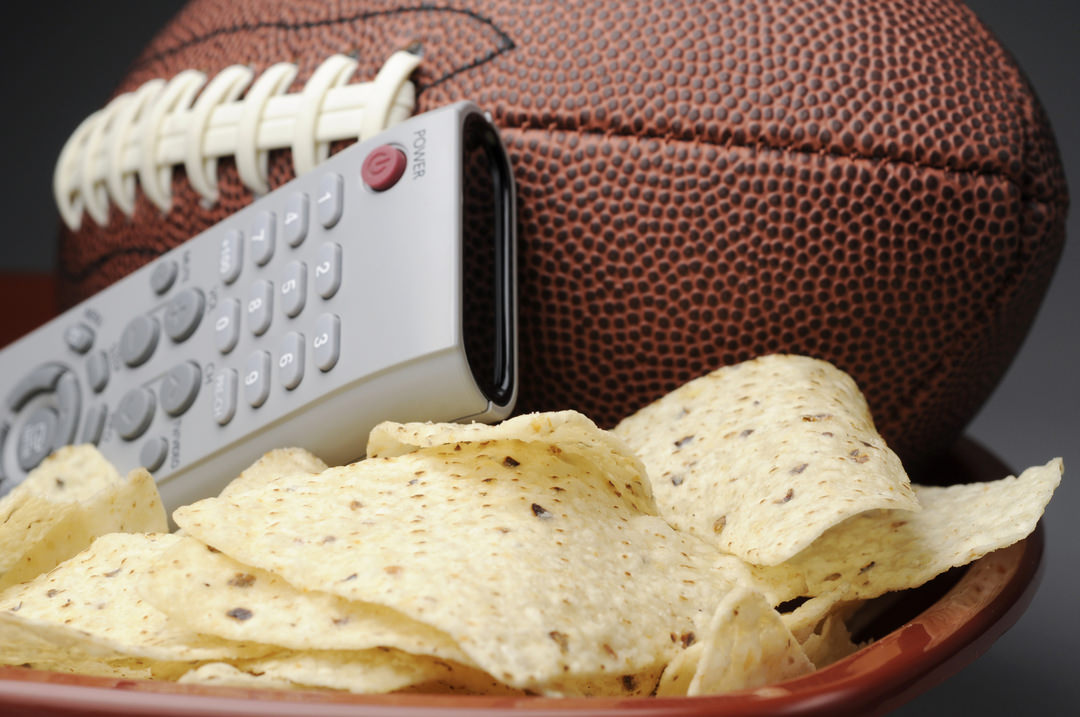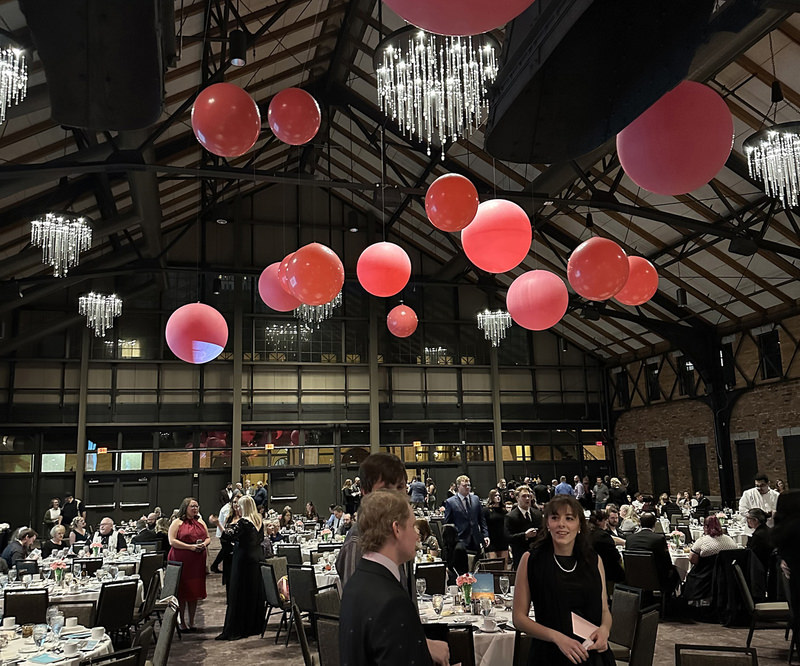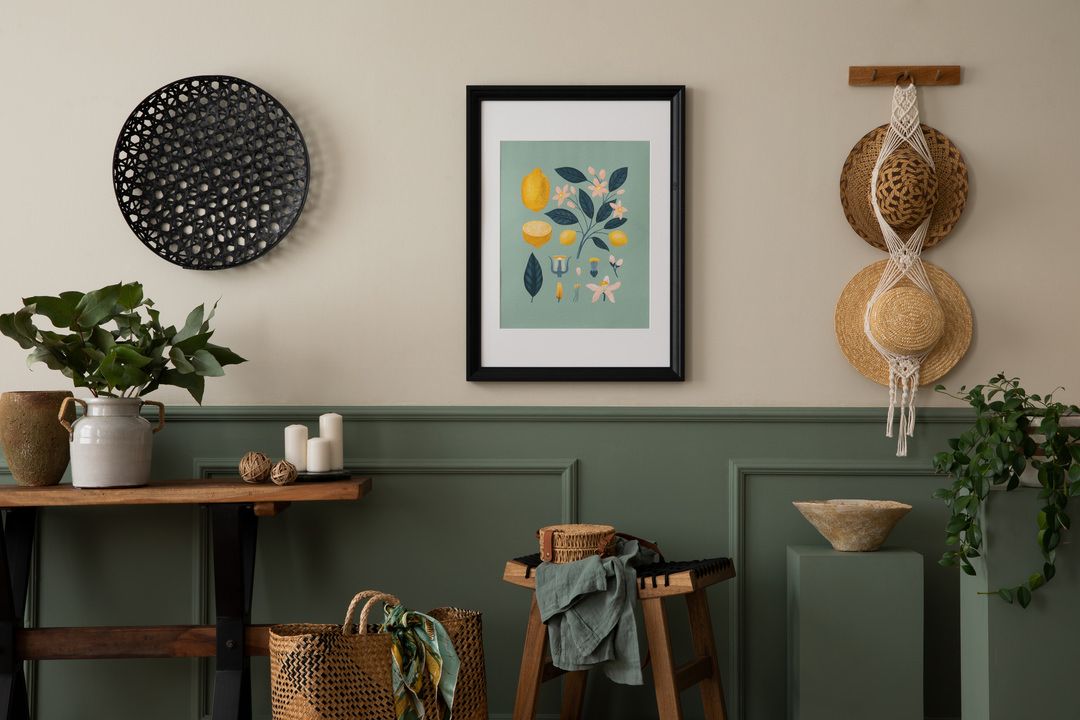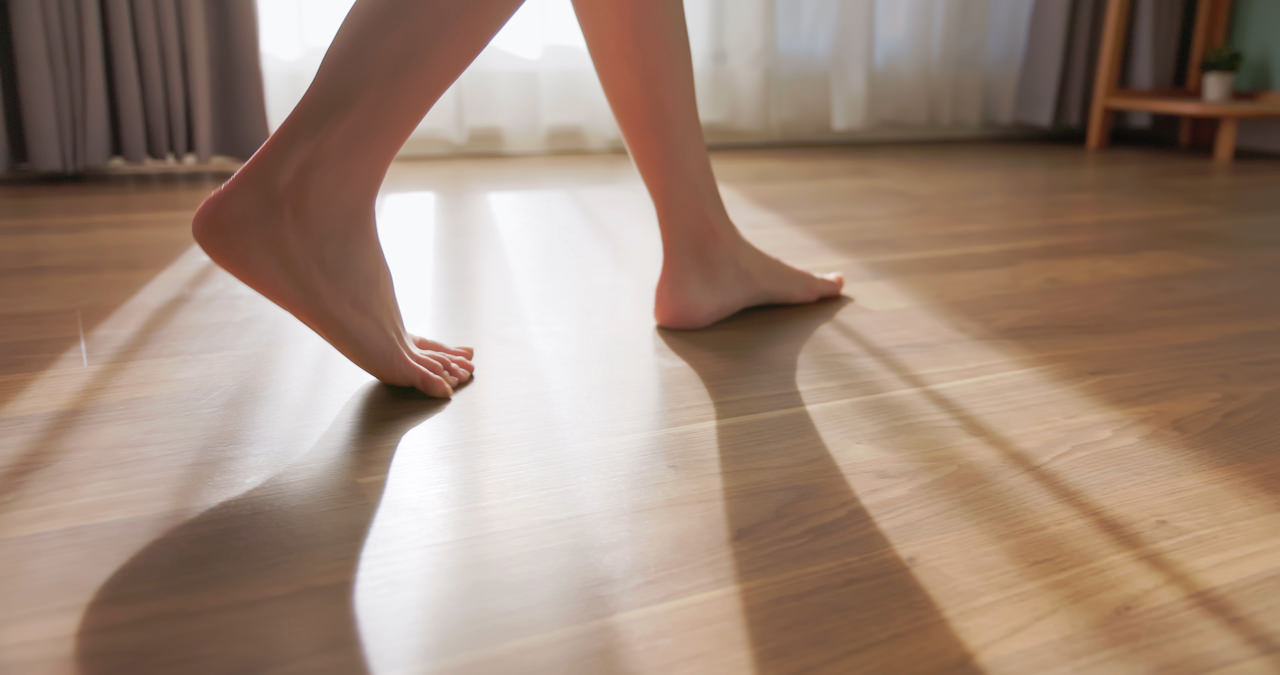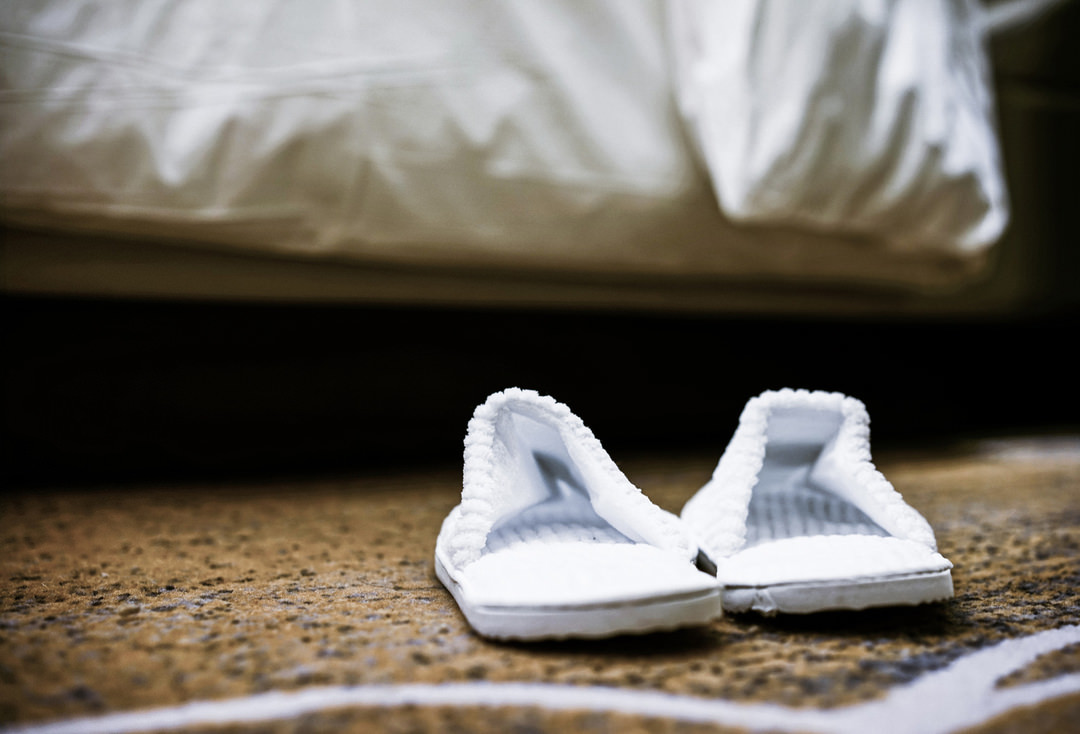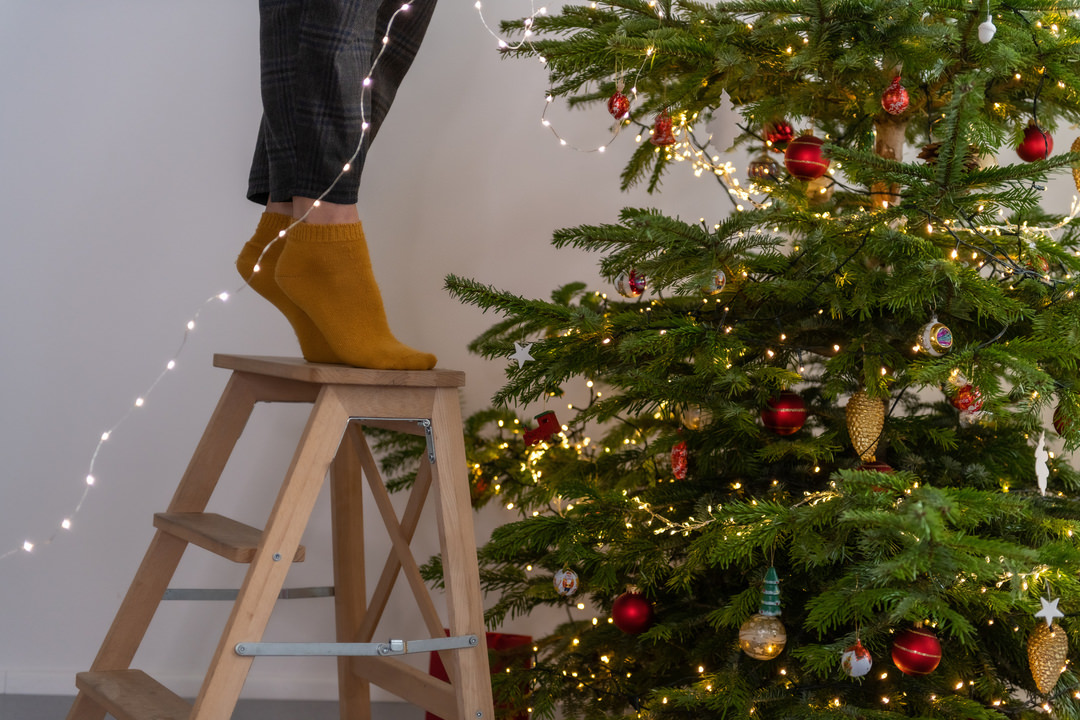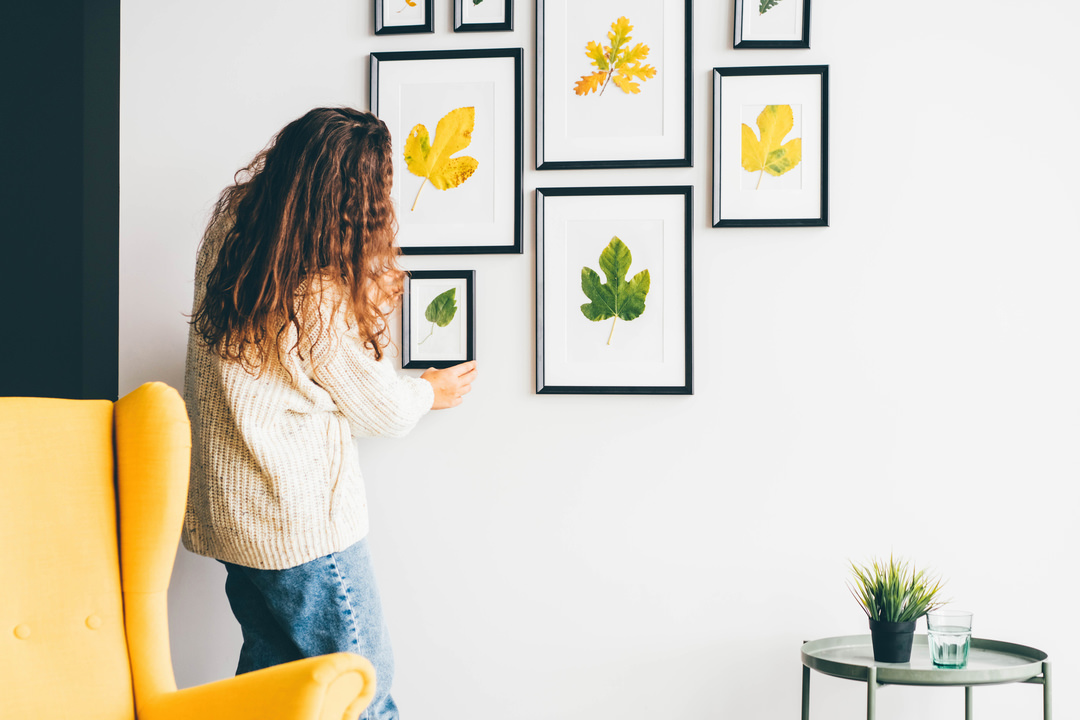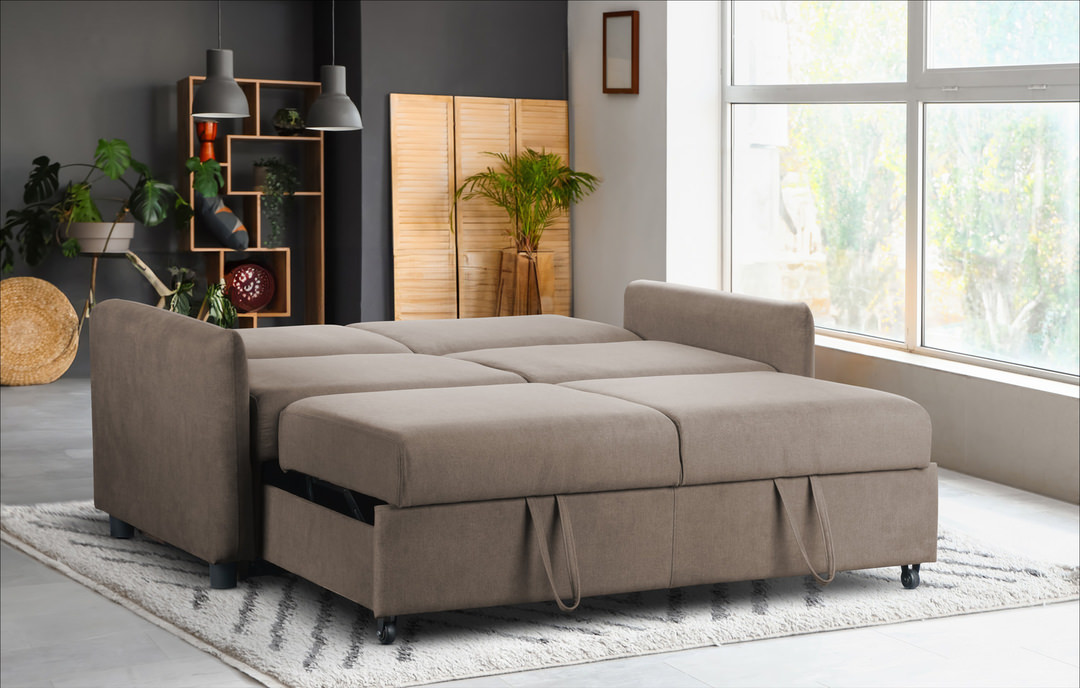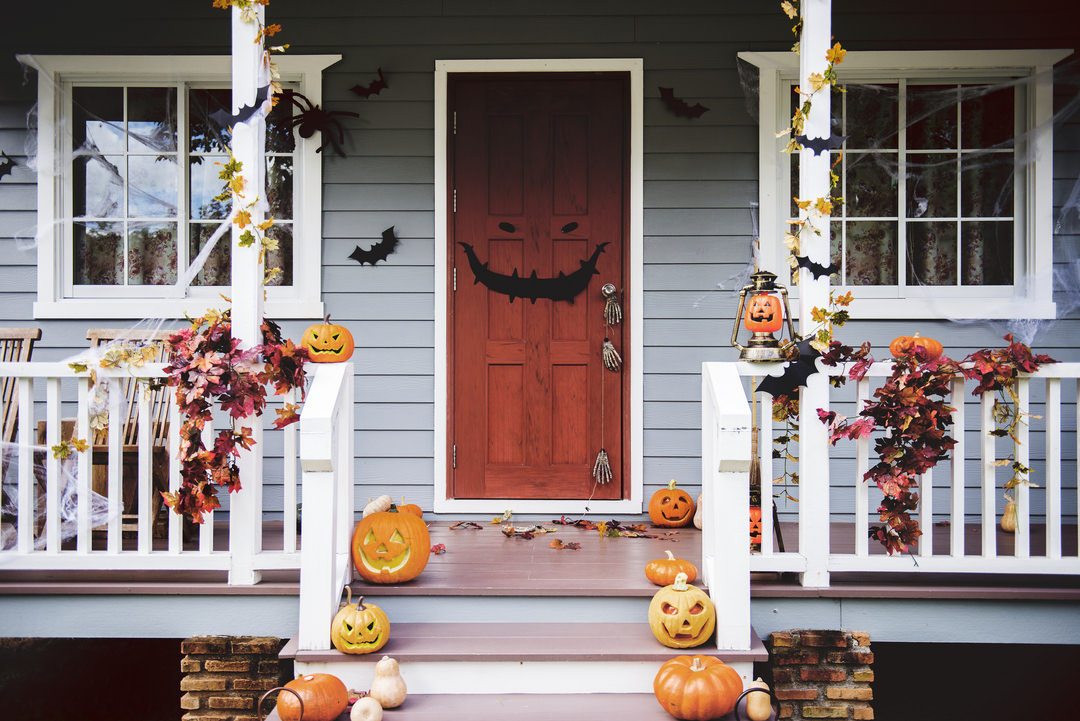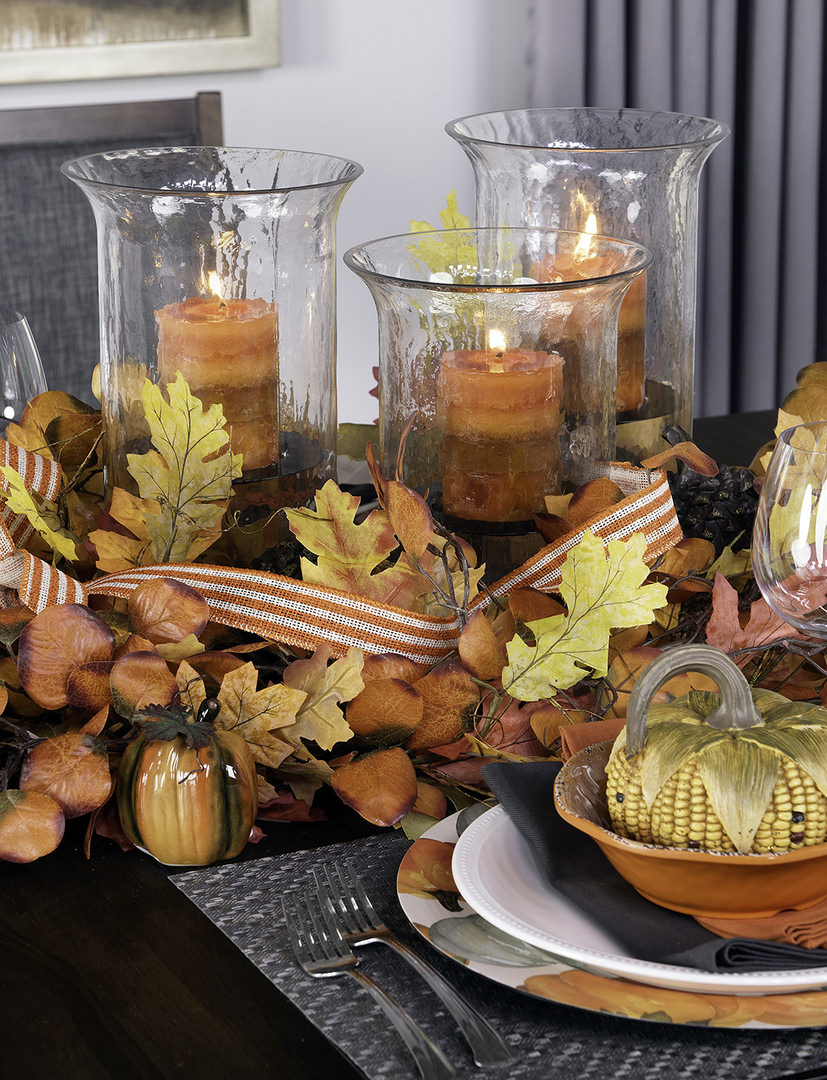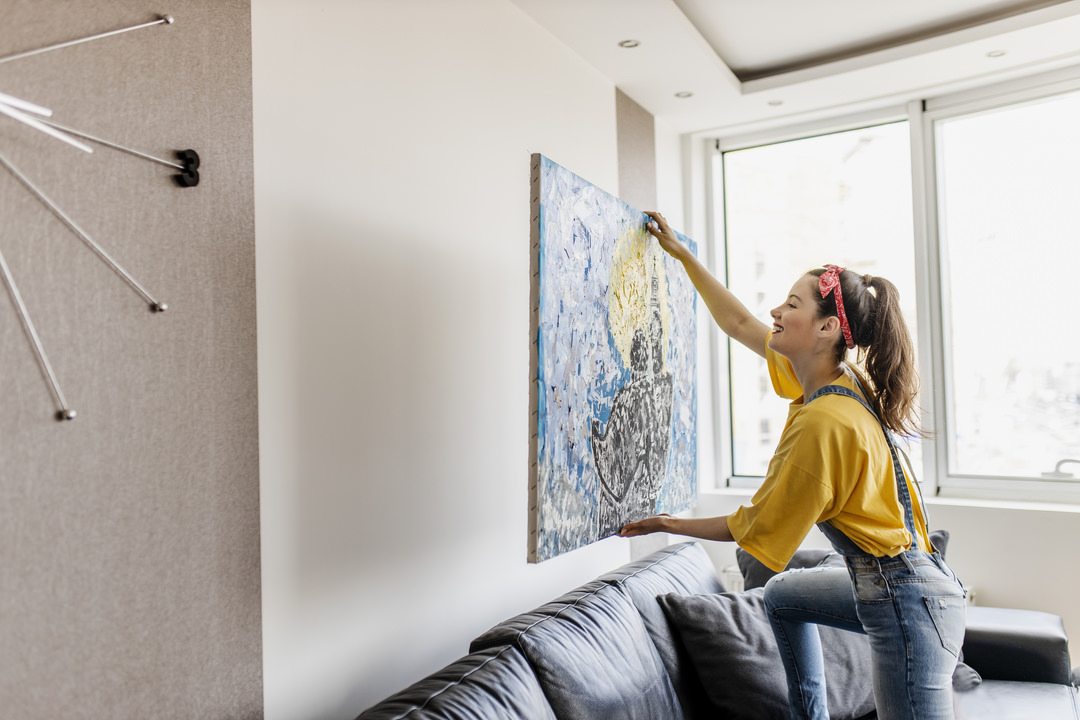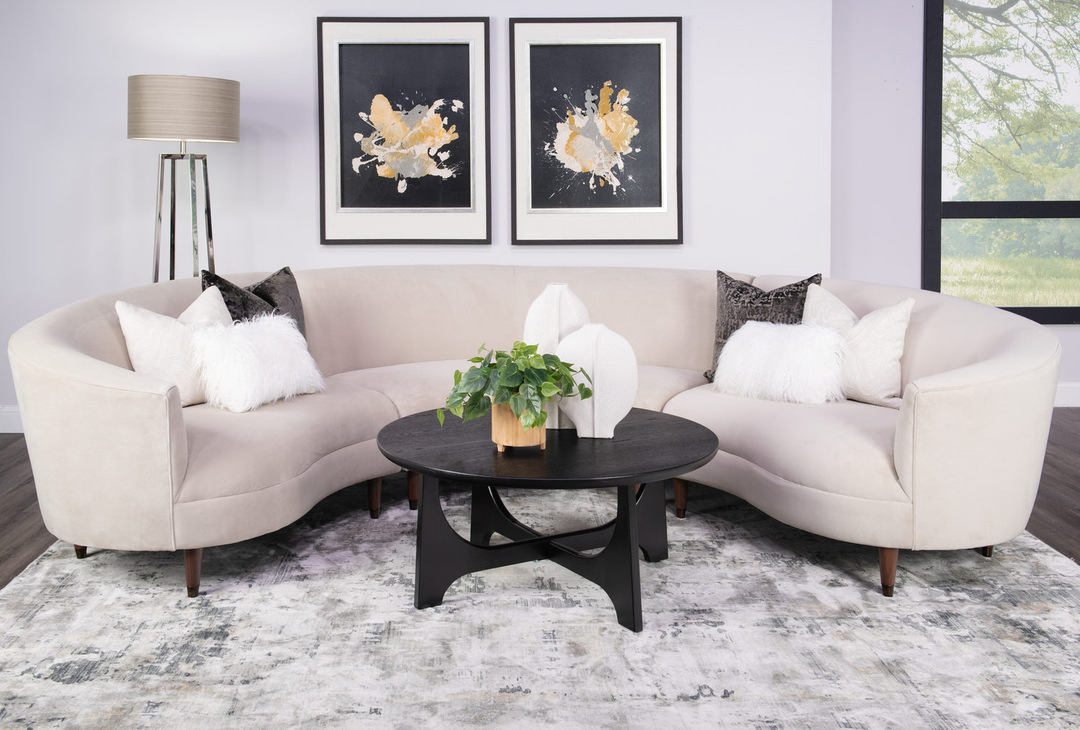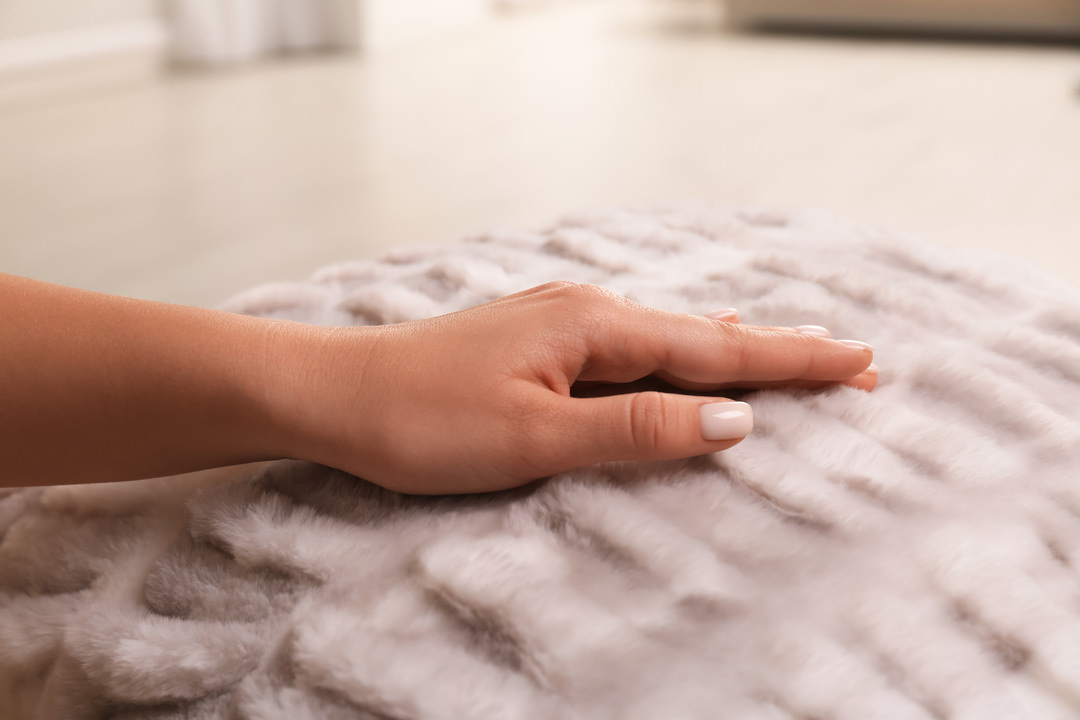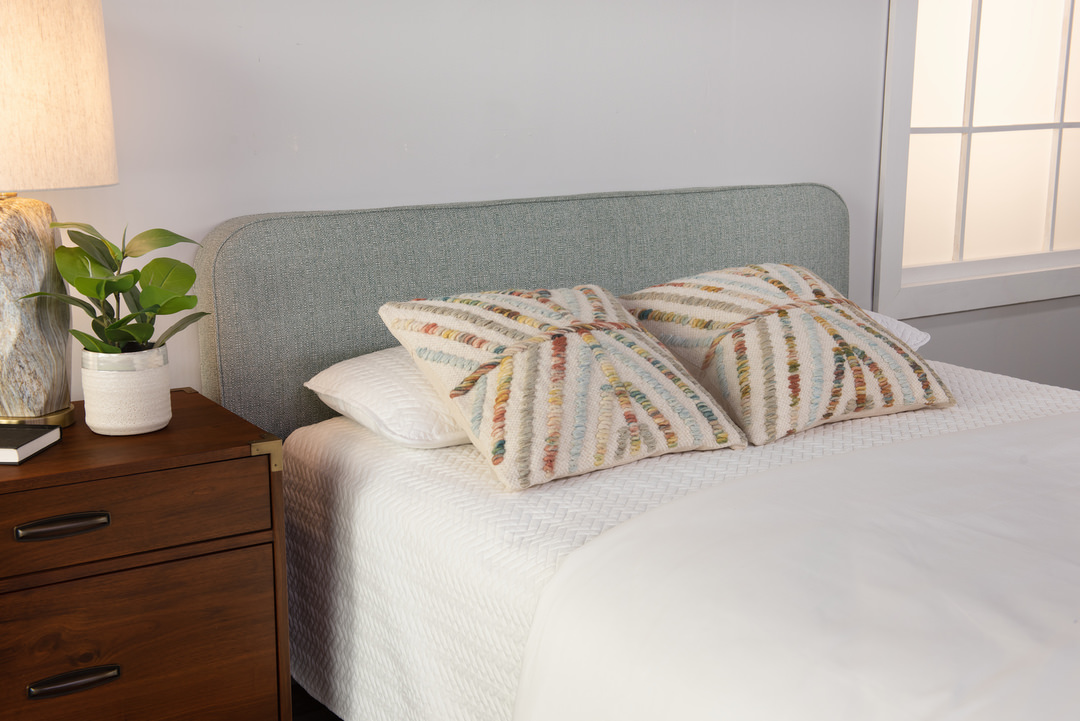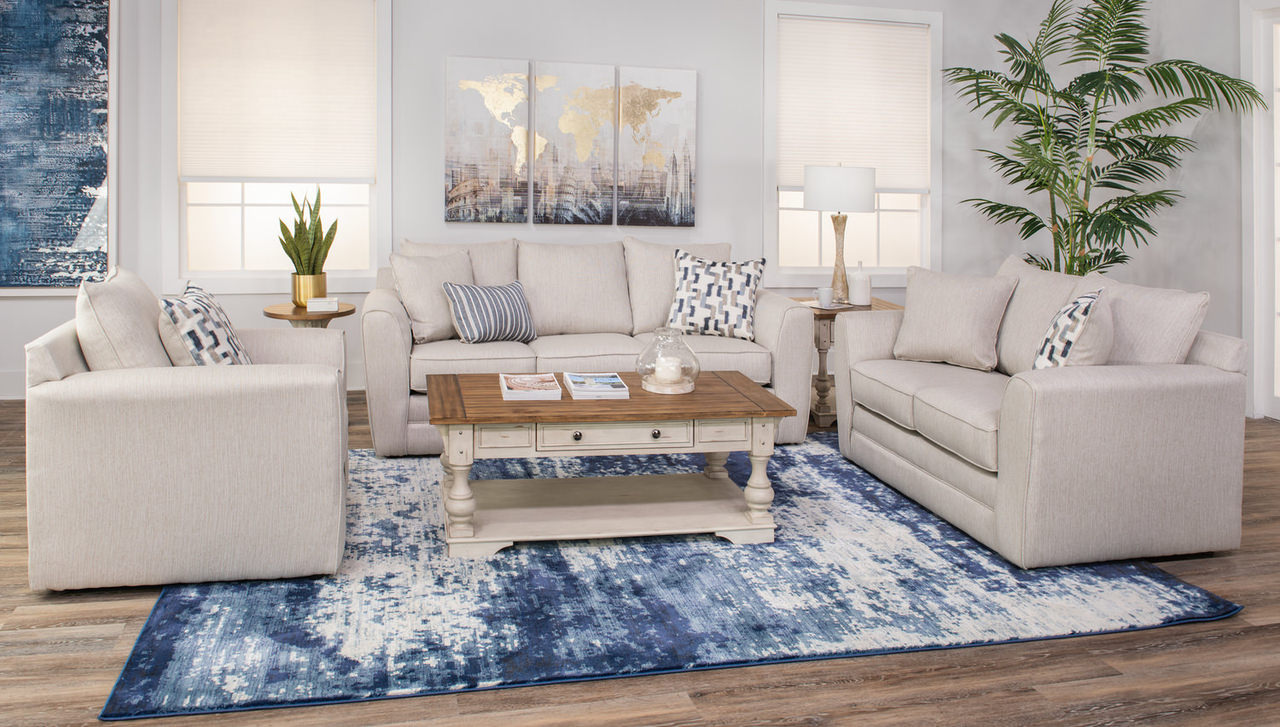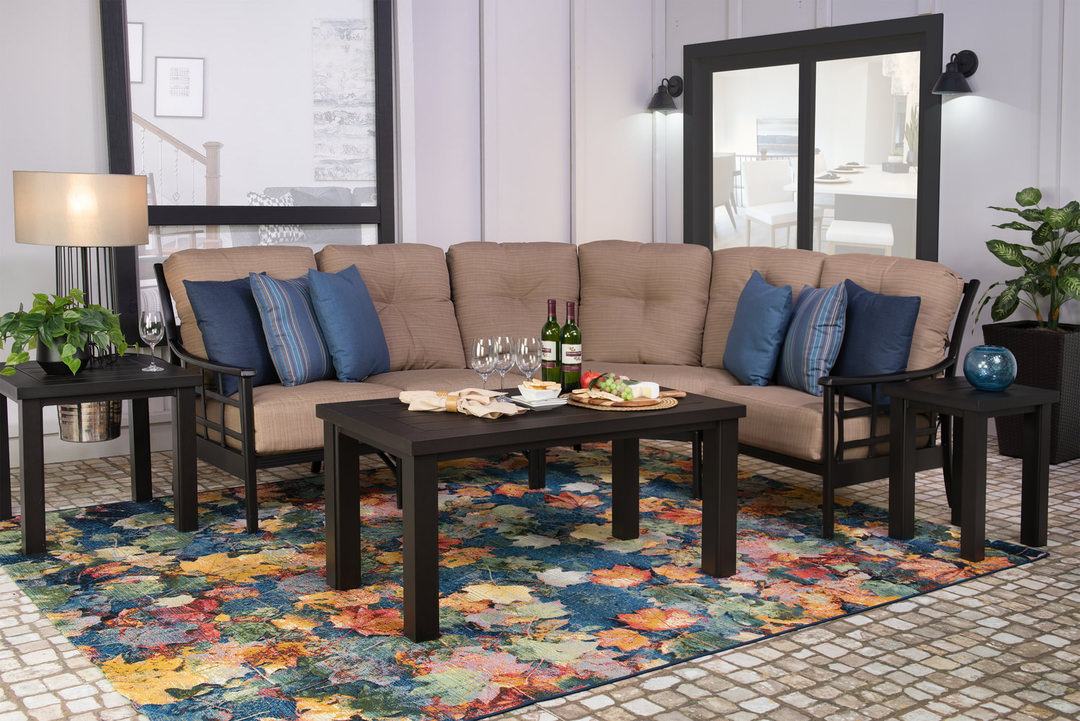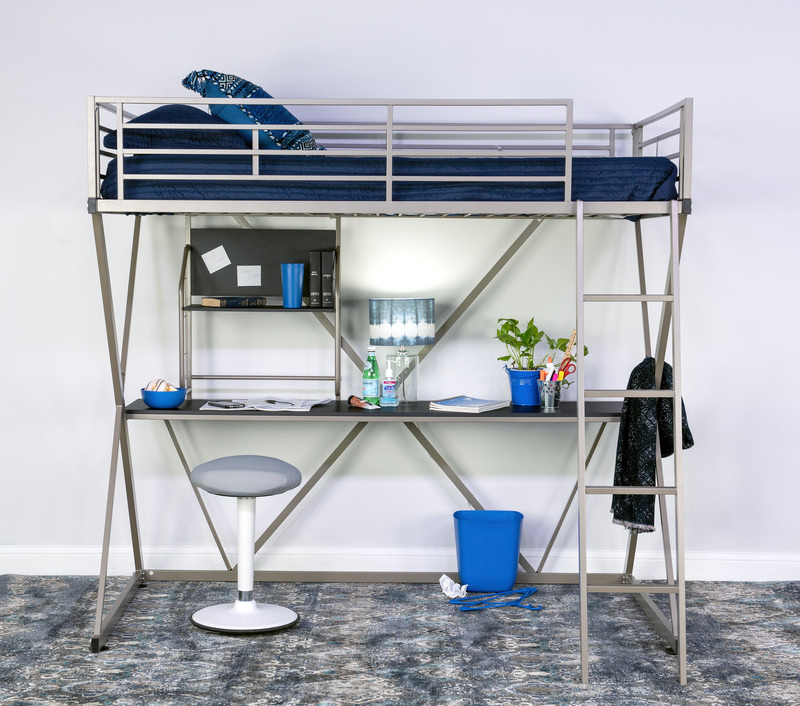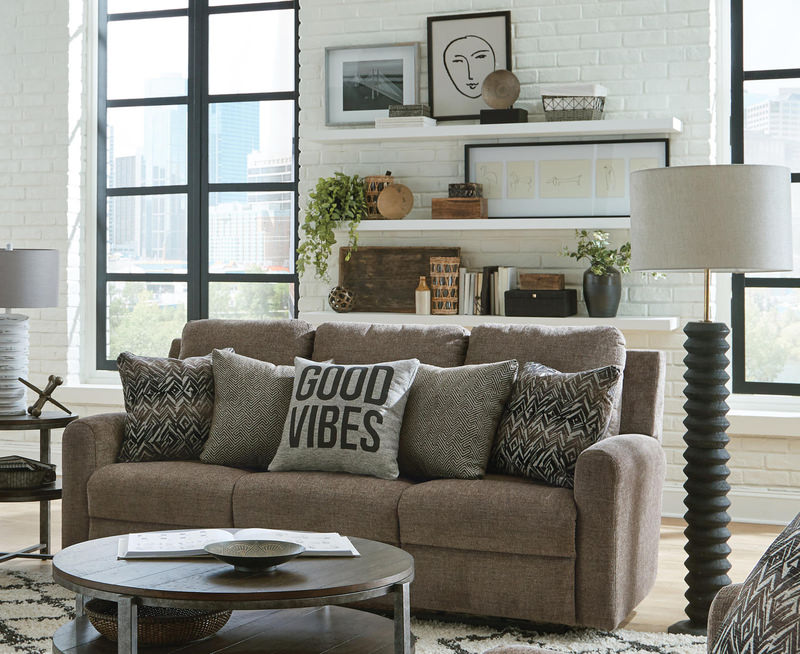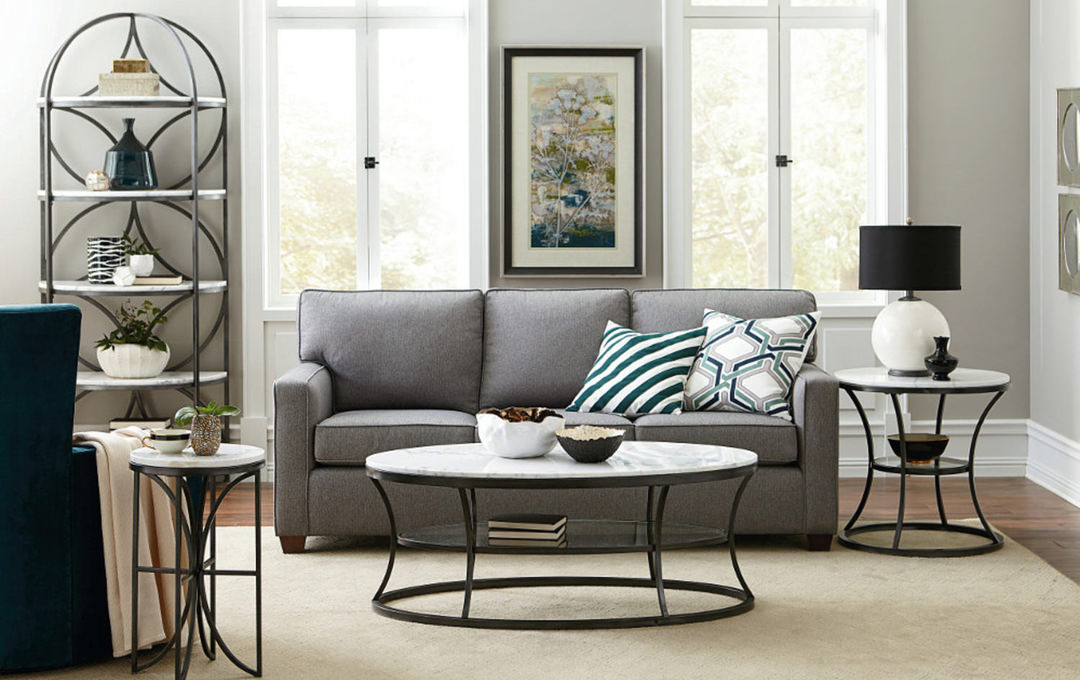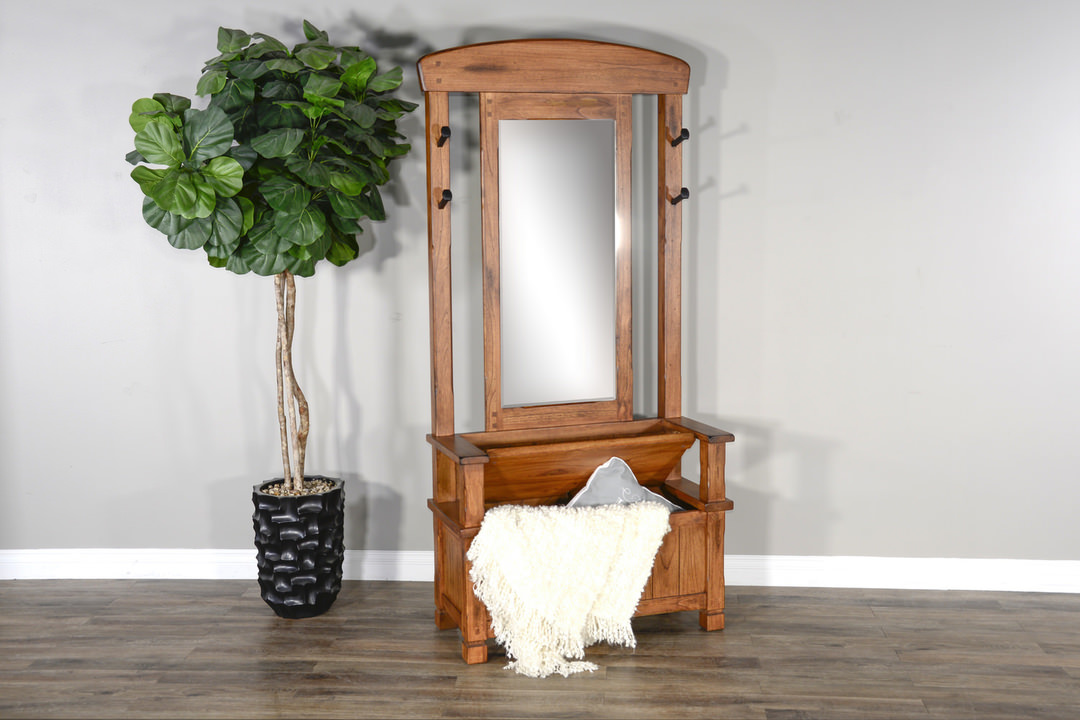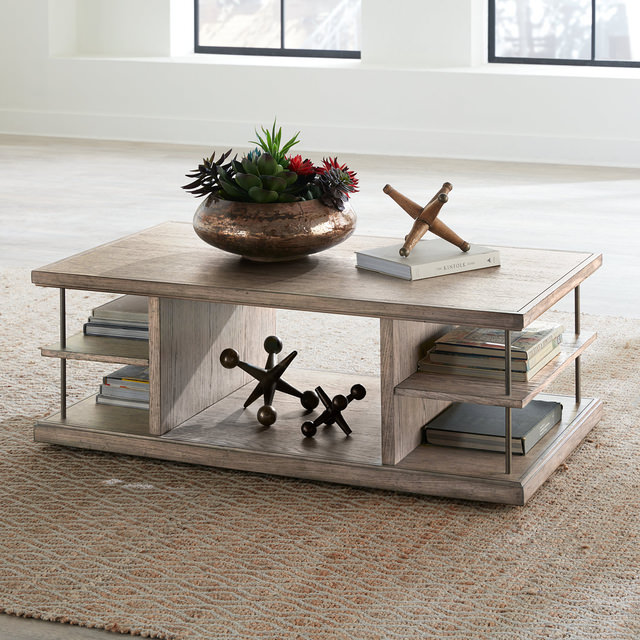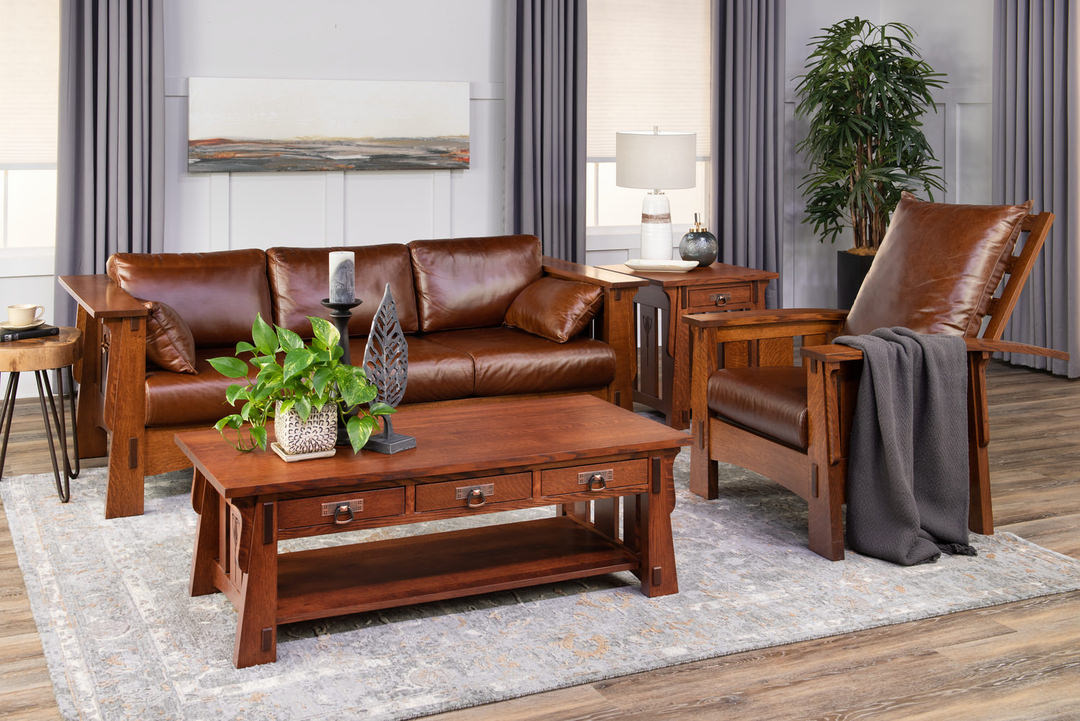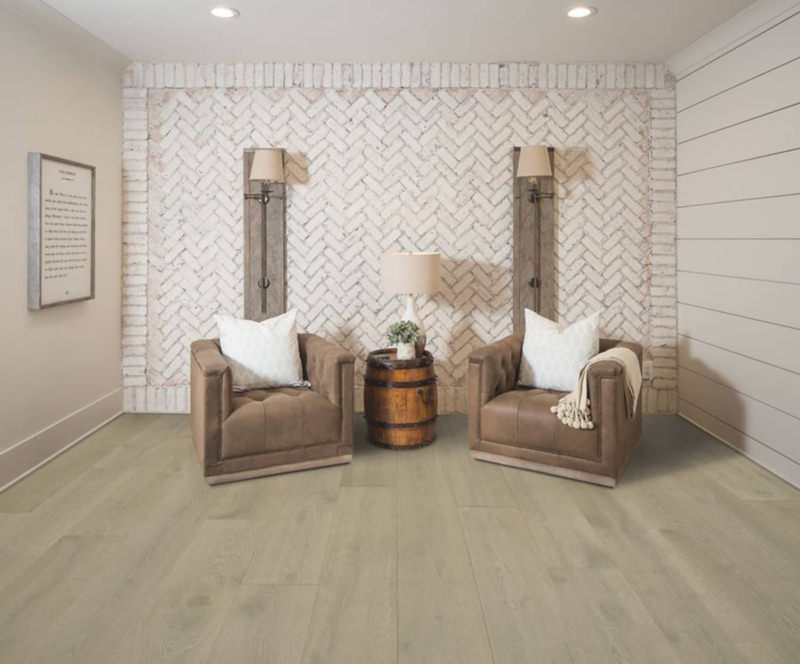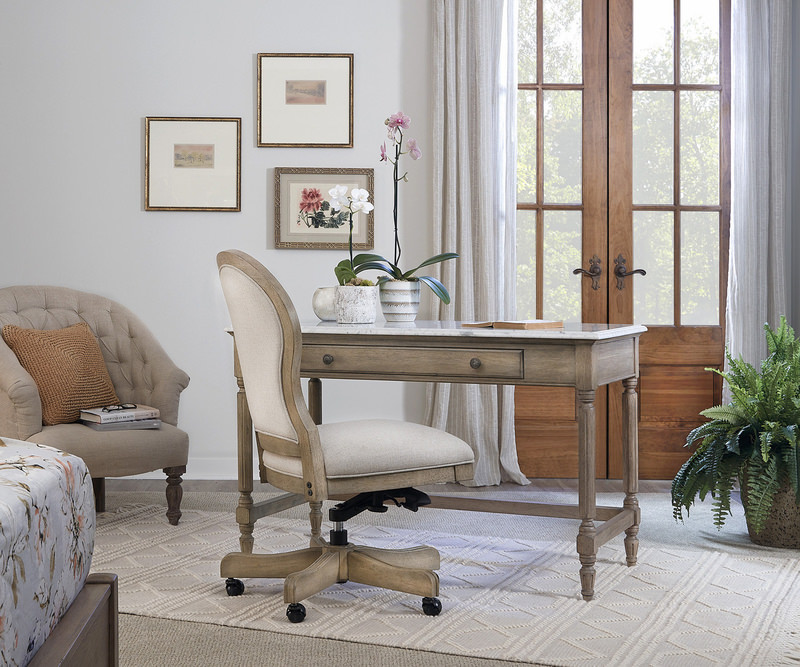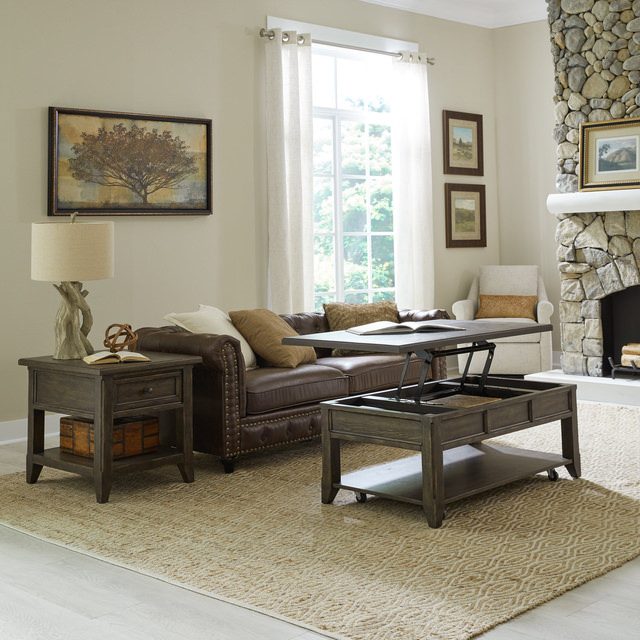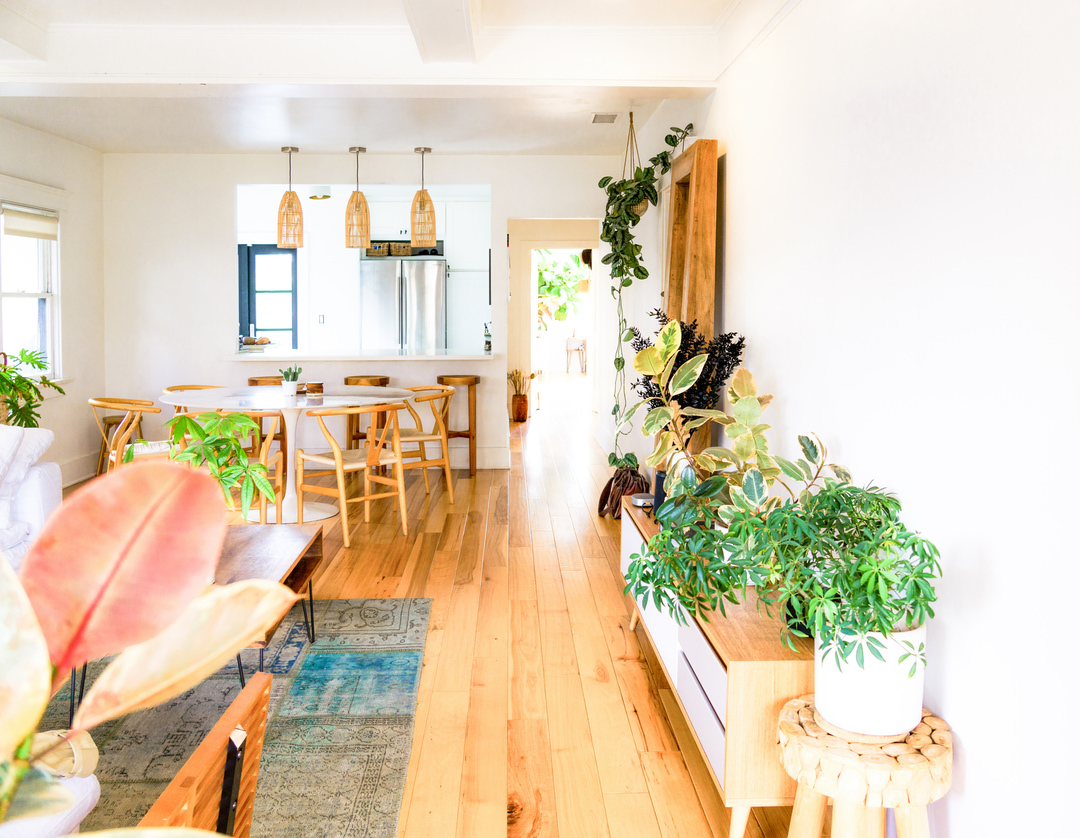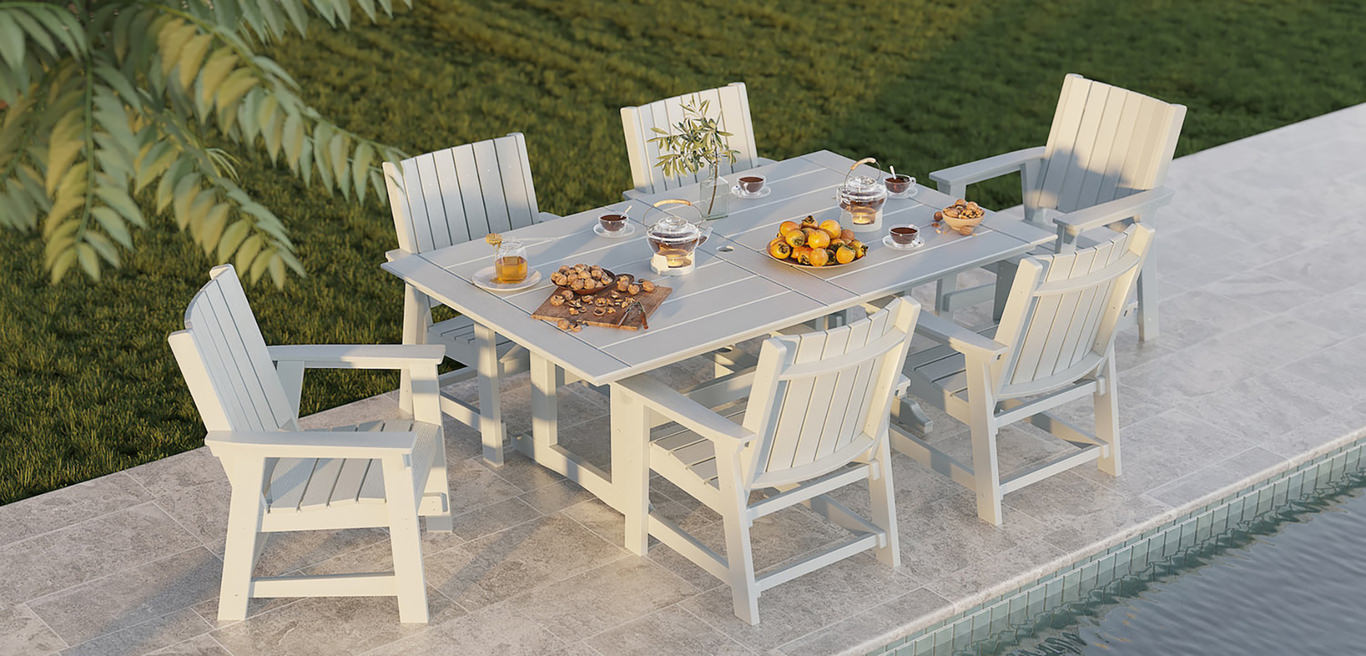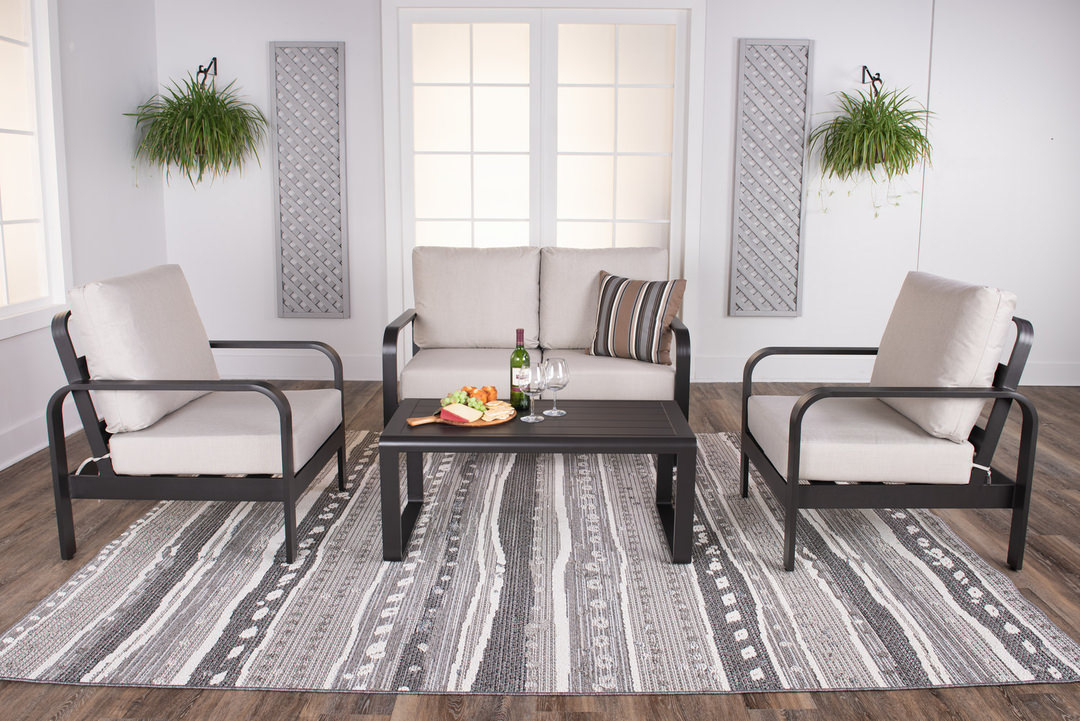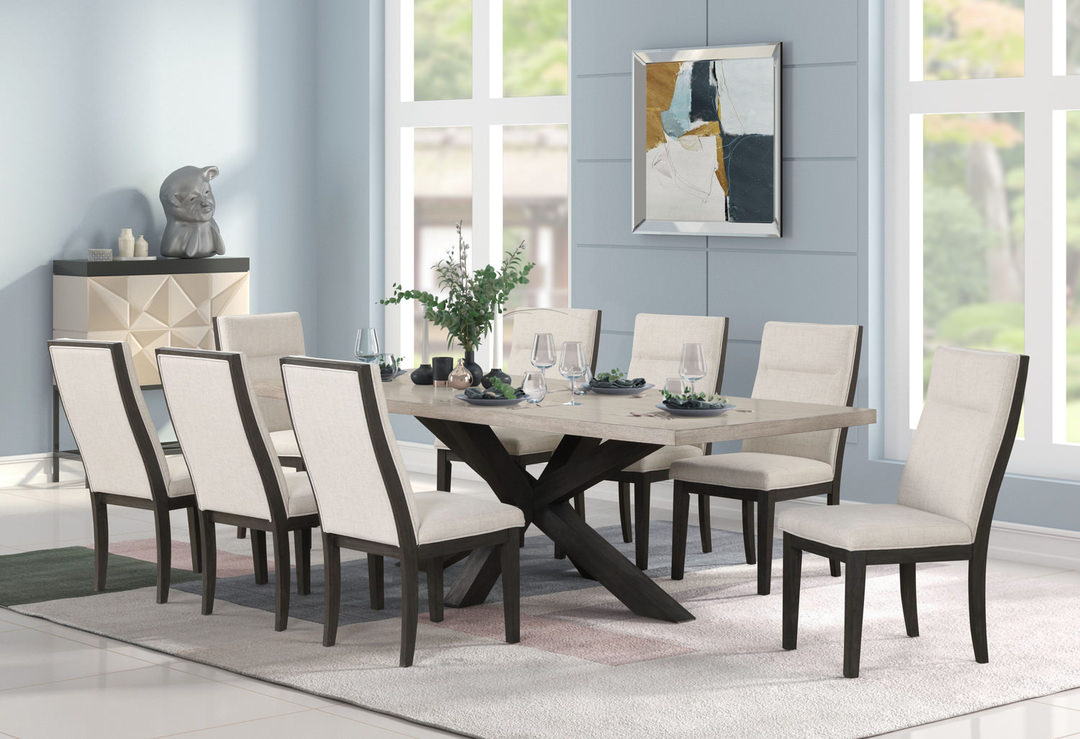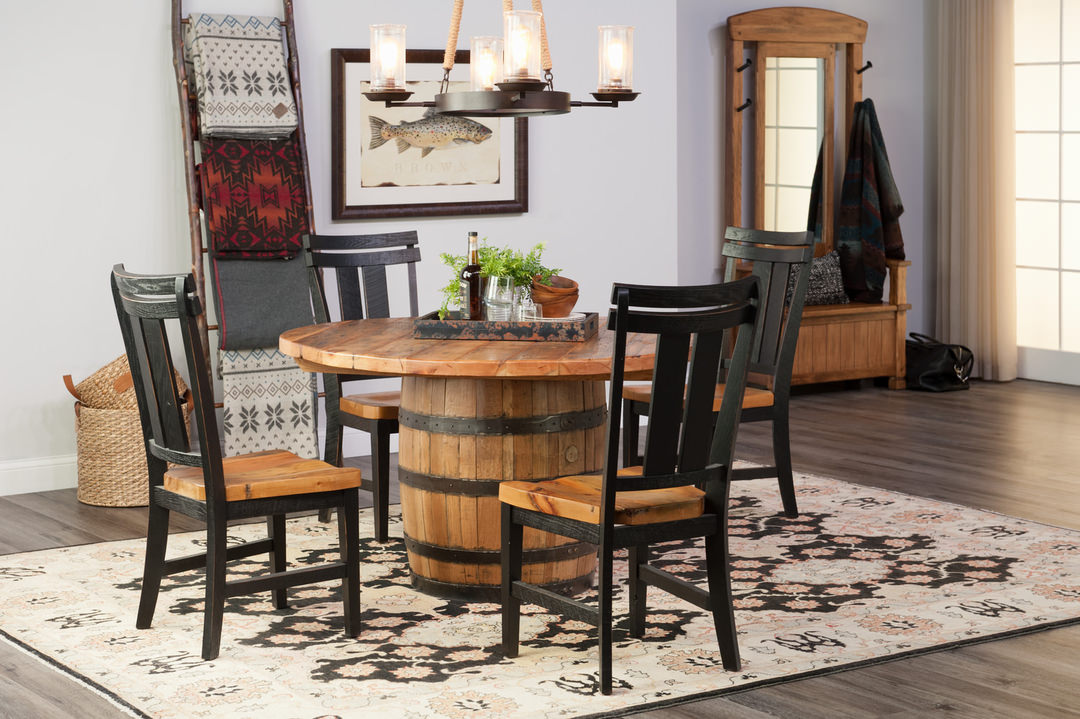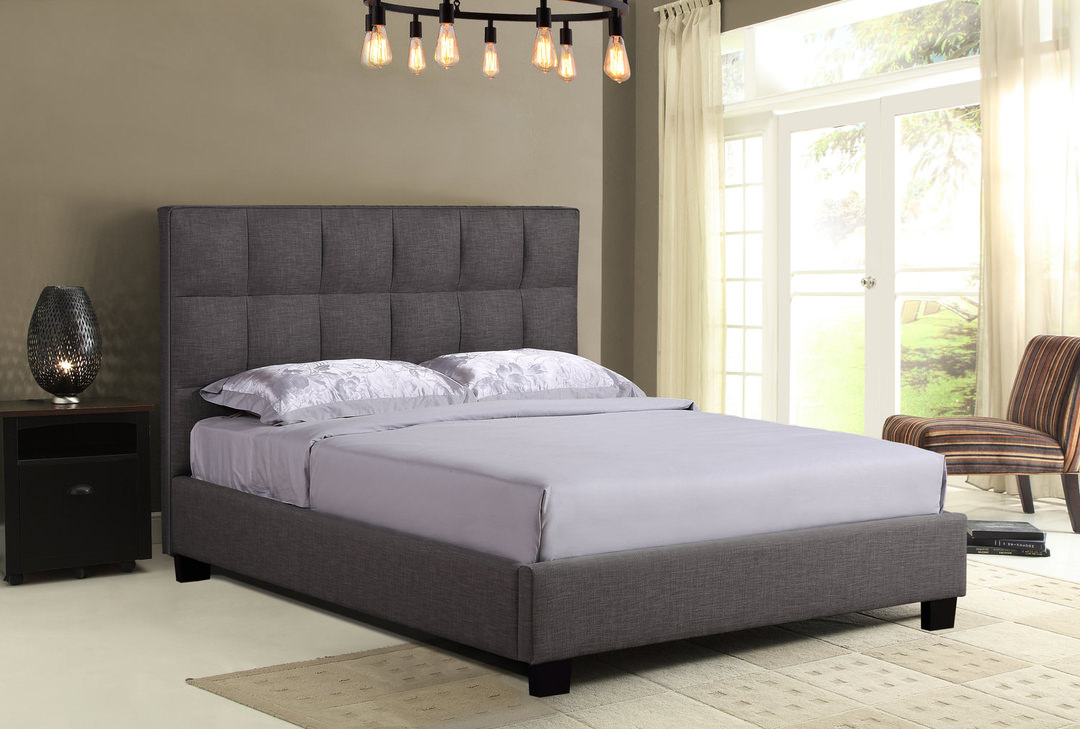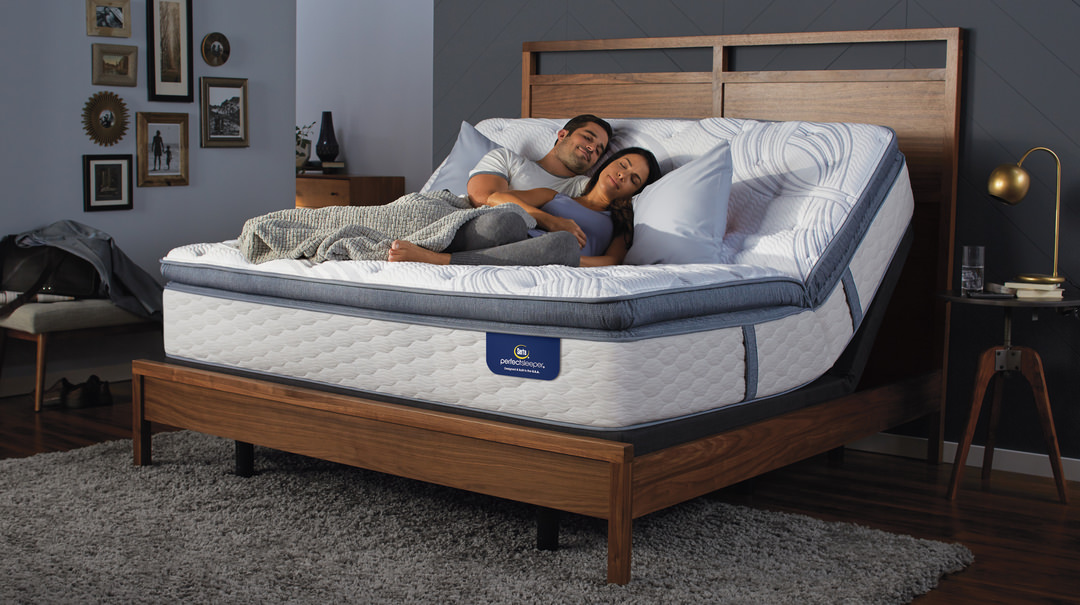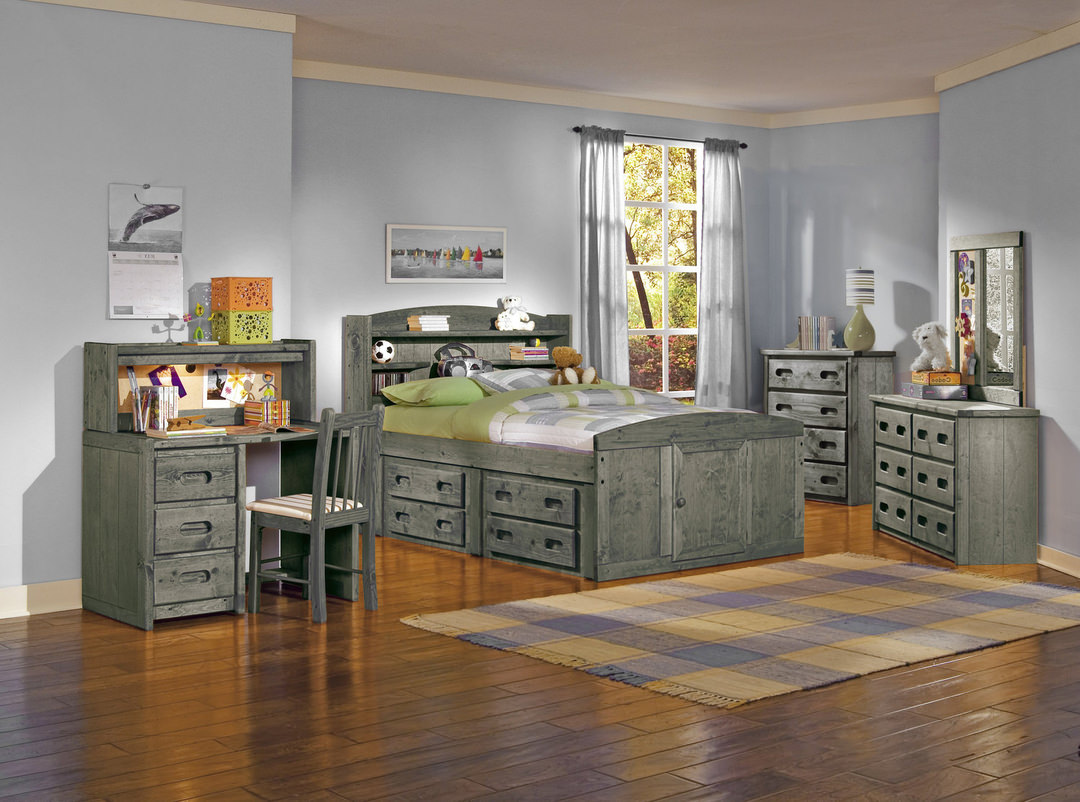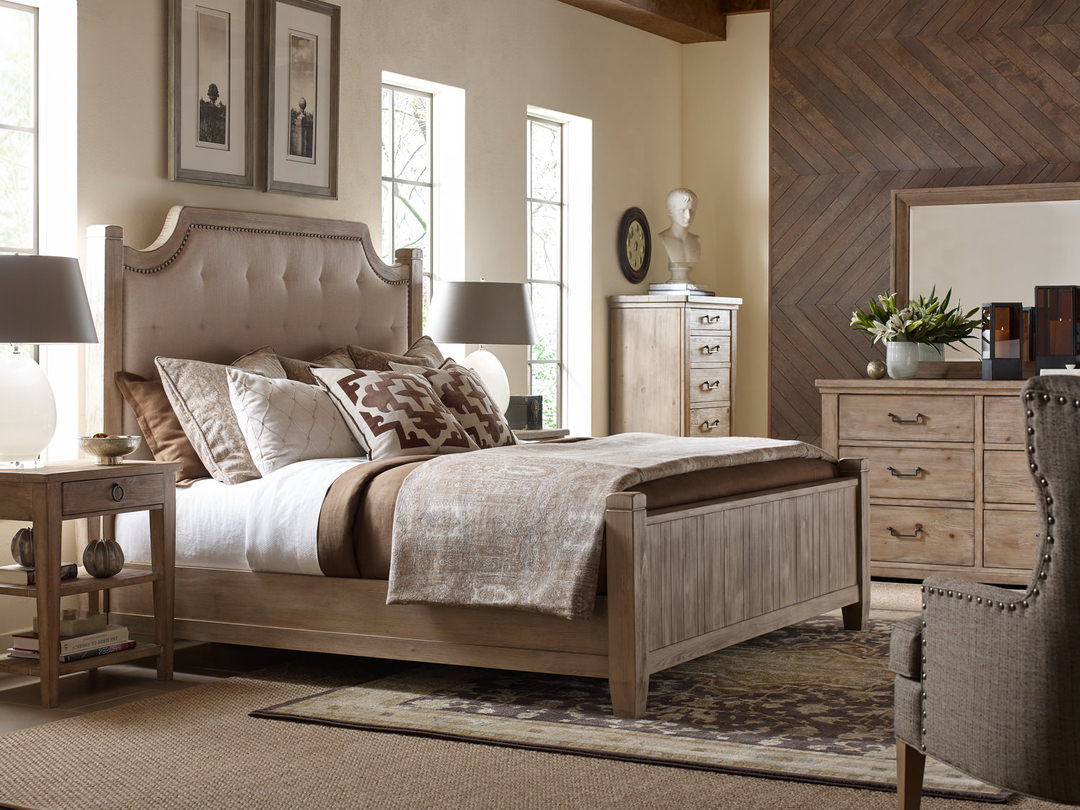Furniture Lifespans
How long should your furniture last?

When that brand new sofa or recliner is delivered from the furniture store, it looks so fresh and beautiful that you might expect it to last forever. Some items seem to. Many families have heirlooms, usually pieces built by meticulous craftspeople from solid hardwood. Even these may have accumulated scratches and imperfections and are treasured as much for their history as for the way they look today.
If you acquire a pricey artisan piece, it may indeed last a lifetime with a little luck and a lot of TLC. Most furniture, however, has a finite life and will eventually have to be retired.
How long should furniture last? Unlike food and medication, it doesn’t come stamped with an expiration date. Most modern furniture can deliver 5-20 years of attractive and comfortable service. If it’s well-built and well taken care of, it might go a few years longer.
Here is a guide to what you can reasonably expect in the way of furniture lifespans, along with signs that pieces are due to be replaced and some tips on helping each item reach the upper end of its expected lifespan.
How long should a sofa last?
7-15 years for a good fabric couch. A leather sofa might go 20 years or more.
Signs of deterioration: It’s no longer comfortable to sit in: the seat sags and sinks or the back fails to provide lumbar support. There’s bunching and compression. The covering is fading, ripped, worn or torn. Legs are loose or wobbly. It creaks when you settle into it. There is a musty or otherwise unpleasant odor.
Prevention and preservation: Limit direct sunlight. Clean and wax exposed wood. Use coverings if you have pets. Clean your upholstery regularly.
Notes: If the cover is damaged but the sofa is structurally sound it may be worthwhile to reupholster.
How long should a recliner last?
7-15 years, up to 20 with leather. Recliners come in a range of materials similar to sofas, and they also are available in a wide range of construction and quality. Also similar to couches, lifespan depends on use—a recliner that’s used every day won’t last as long as a recliner that’s used just on occasion.
Signs of deterioration: As with sofas, wear and damage to the fabric or leather is a sign that the piece is past its prime. With a recliner, issues of comfort are more likely to arise first: the upright or the reclined position feels off-kilter or the support points aren’t what they used to be. The mechanism is balky or the movement forward and back is uneven.
Prevention and preservation: Keep the upholstery clean. Avoid direct sunlight. Carefully route any wiring so it can’t be pinched when the seatback moves. Use a surge protector. Avoid weight (such as jumping children) on the footrest when it’s in the extended position.
Notes: While mechanical recliners may last longer than power recliners, modern power recliners are now built for longer life than previous versions and can withstand heavy use.
How long should an upholstered chair last?
7-15 years. Toward the upper end if it’s leather.
Signs of deterioration: Loss of comfort, creaking, sagging, sinking, loss of support. Odor. Upholstery fading, worn, ripped. Wobbling, unevenness.
Prevention and preservation: Avoid direct sunlight and clean the covering regularly. Clean and wax exposed wood.
How long should an accent table last?
5-15 years. Coffee tables, like end tables, sofa tables and nightstands, depend highly on the quality of materials and craftsmanship. For instance, solid wood coffee tables may last towards the higher end of this range.
Signs of deterioration: Discoloration, scratches, spills and stains. Wobbly legs, lopsidedness or unsteadiness. It’s especially important to watch for structural problems if children are around, as the size and location of the table may present a safety issue.
Prevention and preservation: Dust, clean and wax the table regularly. Don’t use it as a footrest. Have coasters or other protectors available for drinks. Wipe up spills promptly.
How long should a dining table last?
5-20 years. Similar to accent tables and other accent furniture, there is a wide range of quality in dining room tables. A solid wood dining table can last many years. You may enjoy the unique imperfection that comes from small scratches and dings overtime, or you can choose to refinish a quality wood dining table to give it new life. Laminate dining tables can also be very durable options, and marble or other stone top options can be both durable and unique.
Signs of deterioration: Wobbling or unsteadiness. Dents, scratches and stains.
Prevention and preservation: Keep it dusted, cleaned and waxed. Avoid setting dishes and glasses directly on the wood. Use placemats or a tablecloth. A glass top can provide full-time protection and still let you enjoy the beauty of the wood.
How long should a dining chair last?
5-15 years, depending on the thickness and heaviness of the frame.
Signs of deterioration: Wobbling, unevenness, loosening, as well as scratches and dings. As with small tables, structural deterioration presents a safety concern.
Prevention and preservation: Dust, clean and wax. If there are screws tighten them regularly. Don’t lean back on two legs. If the chair sits on or slides across a hard surface, apply protective pads to the feet.
How long should a bed last?
5-20 years. Mattresses may need to be replaced more often, depending on quality and use. However, many people keep the bed itself for many years, depending again on the quality of materials and construction. Bed style also come and go, and the right bed depends on your preference. A trendy bedframe can make a statement; while a more neutral and simple bed can withstand the test of time.
Signs of deterioration: Discoloration, stains and scratches on the headboard or footboard. Creaking, splintering, unevenness, sagging. If you’ve replaced the mattress and still don’t sleep comfortably the problem may be with the bed itself.
Prevention and preservation: Clean and wax headboards. Don’t jump or fall heavily onto the bed. If the frame can be tightened, do so regularly.
Notes: Sometimes the headboard and the frame can be replaced separately.
How long should a dresser last?
5-20 years, whether it’s a dresser or a chest.
Signs of deterioration: Discoloration, stains, scratches. Drawers sticking or falling off guides. Be especially vigilant about wobbling or unsteadiness, as an unbalanced chest or dresser is a huge safety concern.
Prevention and preservation: As with all wood, dust and wax. Avoid placing heavy unpadded objects on the surface or use a covering. Regularly check and tighten drawers and pulls.
Notes: Dressers and chests come with hardware to attach them to the wall and prevent tipping. Use it, especially if children may be present.
How long should a bookcase last?
5-20 years, or even longer depending on usage. Similar to a dresser or chest, a bookcase can last for up to 20 years depending on the quality and how it is used for storage, display, etc.
Signs of deterioration: Scratches, discoloration, unsteadiness, sagging shelves.
Prevention and preservation: Clean and wax. Store heavier books on lower shelves.
Notes: Bookcases should be secured to walls for safety.
How long should patio furniture last?
5-15 years for metal patio furniture. There have been a lot of advancements in patio furniture materials, allowing the lifespans to benefit. While many lower end pieces will only last a handful of seasons, quality pieces can last for many years of outdoor meals. The lifespan can be increased with proper care and sometimes updates, like new cushions or sling fabrics.
Signs of deterioration: Rusting, fading.
Prevention and preservation: Keep out of direct sunlight as much as possible. Clean, cover and store protected or indoors during the winter/off season months. Higher quality outdoor furniture styles have resources for replacement parts such as rocker plates or foot glide pads.
Related Products
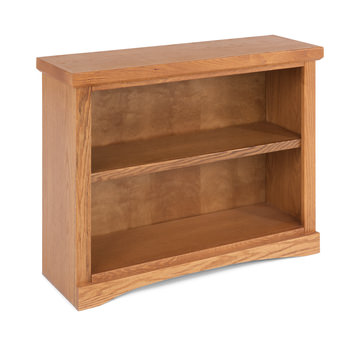
only 3 left in stock!
